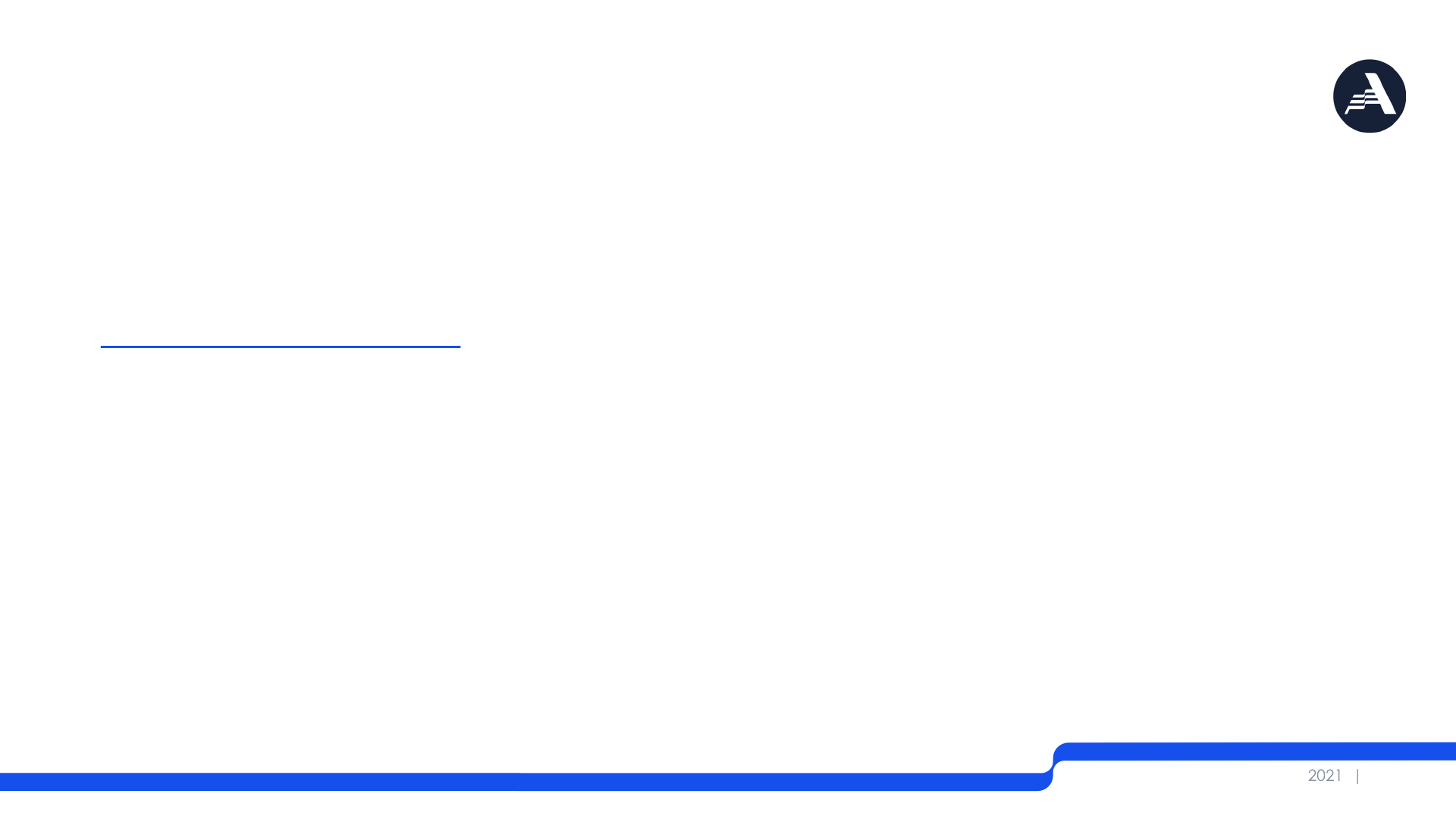
NORC at the University of Chicago
How to Write an Evaluation
Plan
1
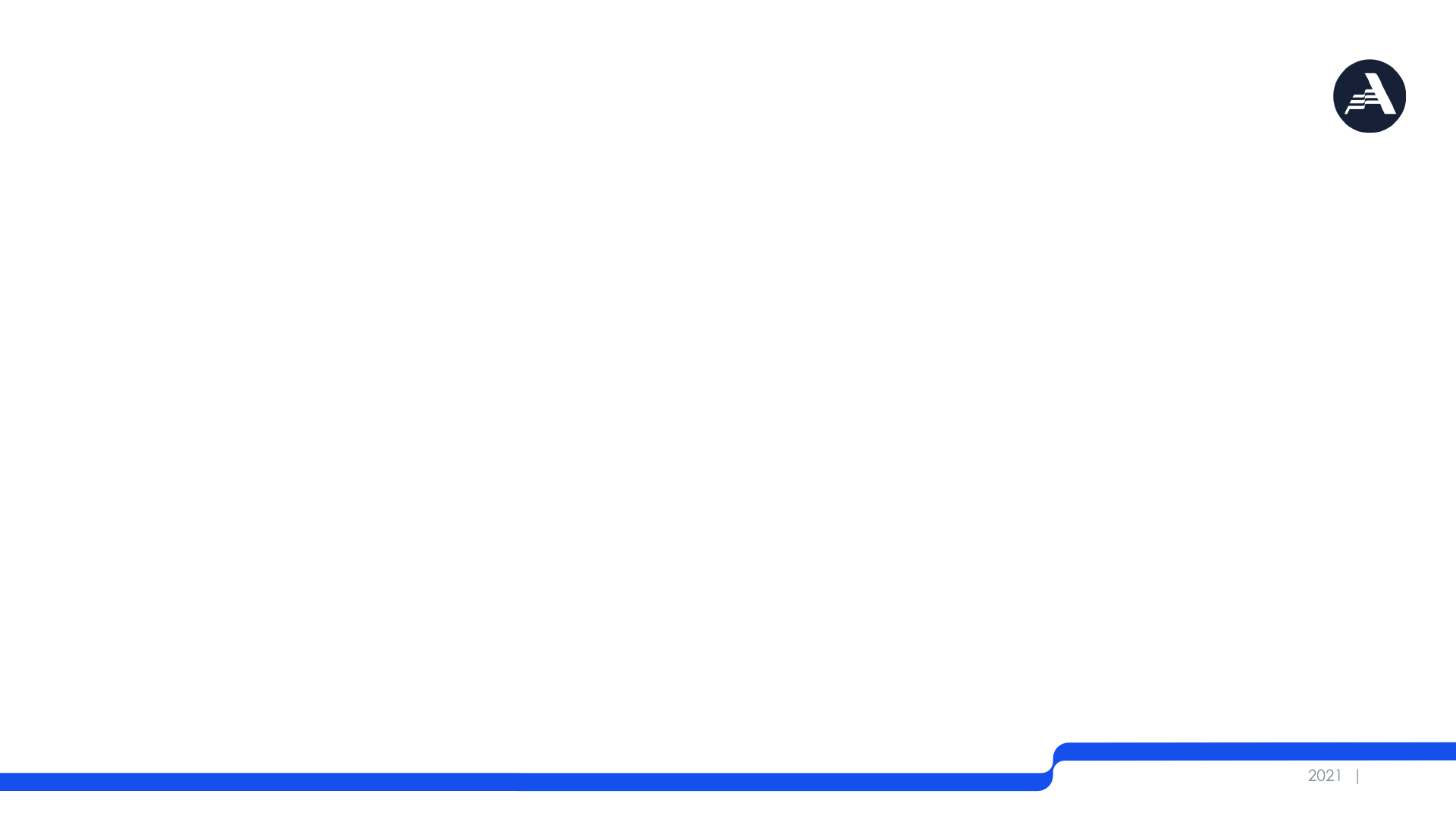
• Understand what an evaluation plan is and the purpose of
developing one
• Identify key sections of an evaluation plan
• Understand what information to include in an evaluation plan
Learning Objectives
2

• Details the program model being evaluated
• Describes and justifies the evaluation approach selected
• Provides instructions for the evaluation / a guide for each step
of
t
he evaluation process
What is an Evaluation Plan?
3
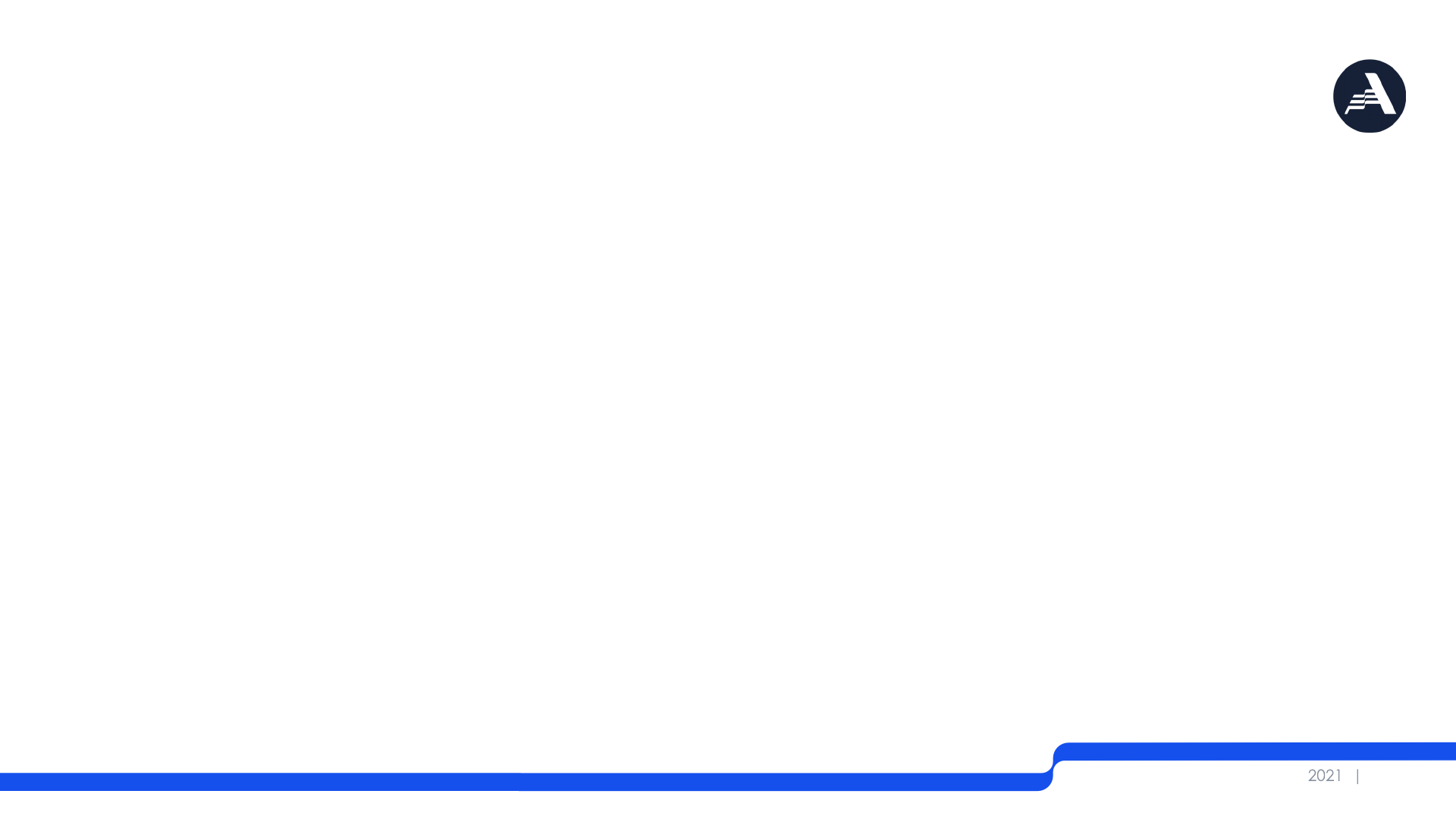
• Helps decide what information is needed to address the
evaluation objectives
• Helps identify methods for getting the needed information
• Helps determine a reasonable and realistic timeline for the
ev
a
luation
• Creates a shared understanding between stakeholders (e.g.,
t
he g
rantee staff, evaluator, AmeriCorps staff)
Purpose of an Evaluation Plan
4
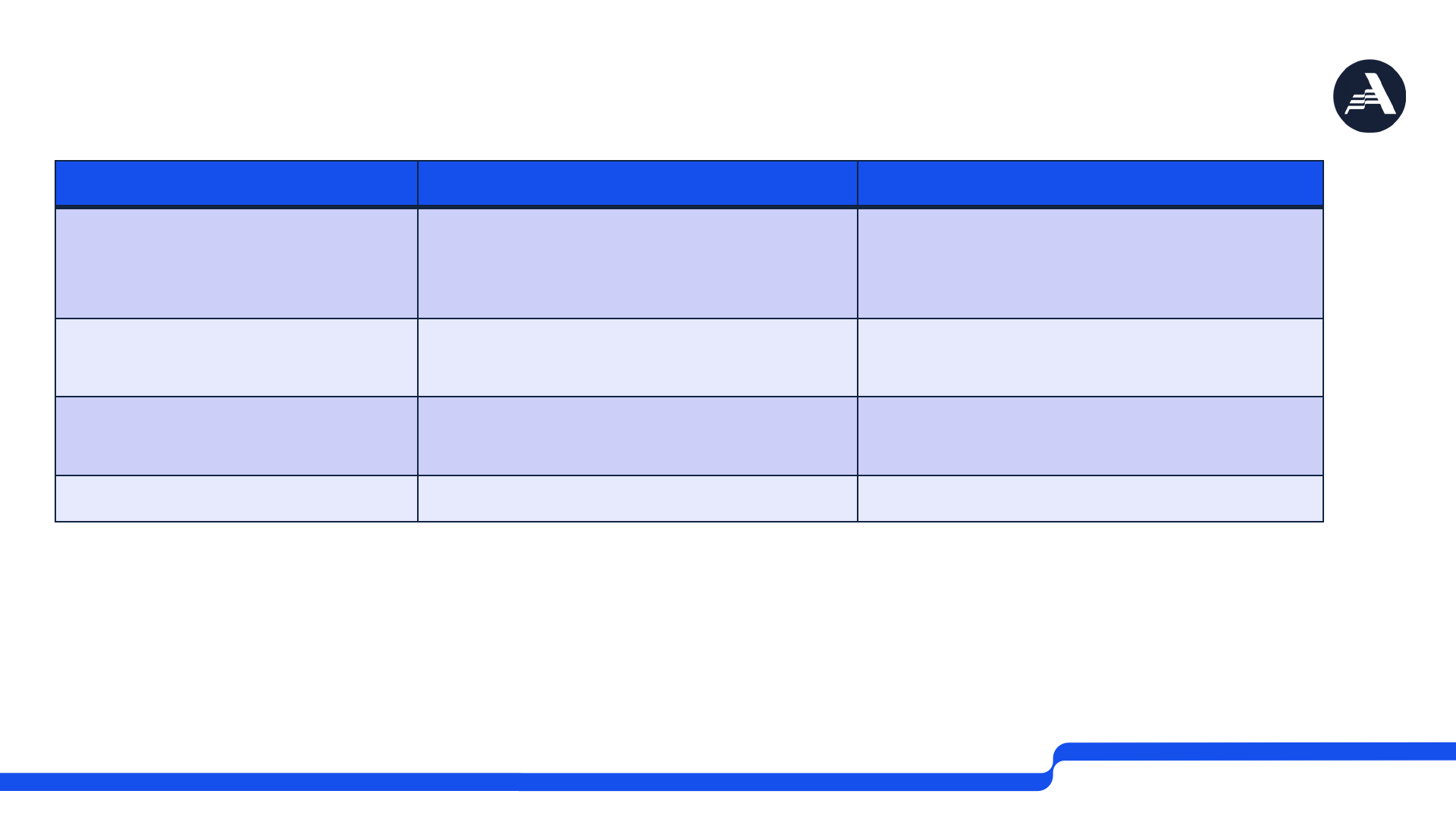
Small and Large Requirements for an Evaluation Plan
Small Grantees (<$500,000) Large Grantees (>$500,000)
When are grantees
required to conduct an
evaluation?
During 2
nd
competitive grant
cycle, and all following
competitive cycles.
During 2
nd
competitive grant
cycle, and all following
competitive cycles.
When must evaluation
plans be approved?
By the end of the first year of
the second grant cycle.
By the end of the first year of the
second grant cycle.
What evaluation design
is required?
Any design (e.g., process, non-
experimental outcomes).
Impact evaluation (experimental
or quasi-experimental).
What type of evaluator? Internal or external evaluator. External evaluator.

Alternative Evaluation Approach (AEA)
AEA Grantee Justification
Funding threshold Large - Grantees who receive an average of less than $1 million per
year can request to be exempt from the large grantee
requirements and conduct an internal non-impact evaluation.
Previous impact
evaluation
Large - Previously conducted an impact evaluation with
demonstrated evidence of effectiveness (i.e., Strong or
Moderate evidence).
AmeriCorps
National
Evaluation
Large or
Small
- Grantees participating in an AmeriCorps’ Office of Research
and Evaluation national evaluation (i.e., bundled evaluation or
Return on Investment) that will not be completed during
current grant cycle
- Large grantees can also request this if the national
evaluation’s design does not fulfill the requirements for a large
grantee.
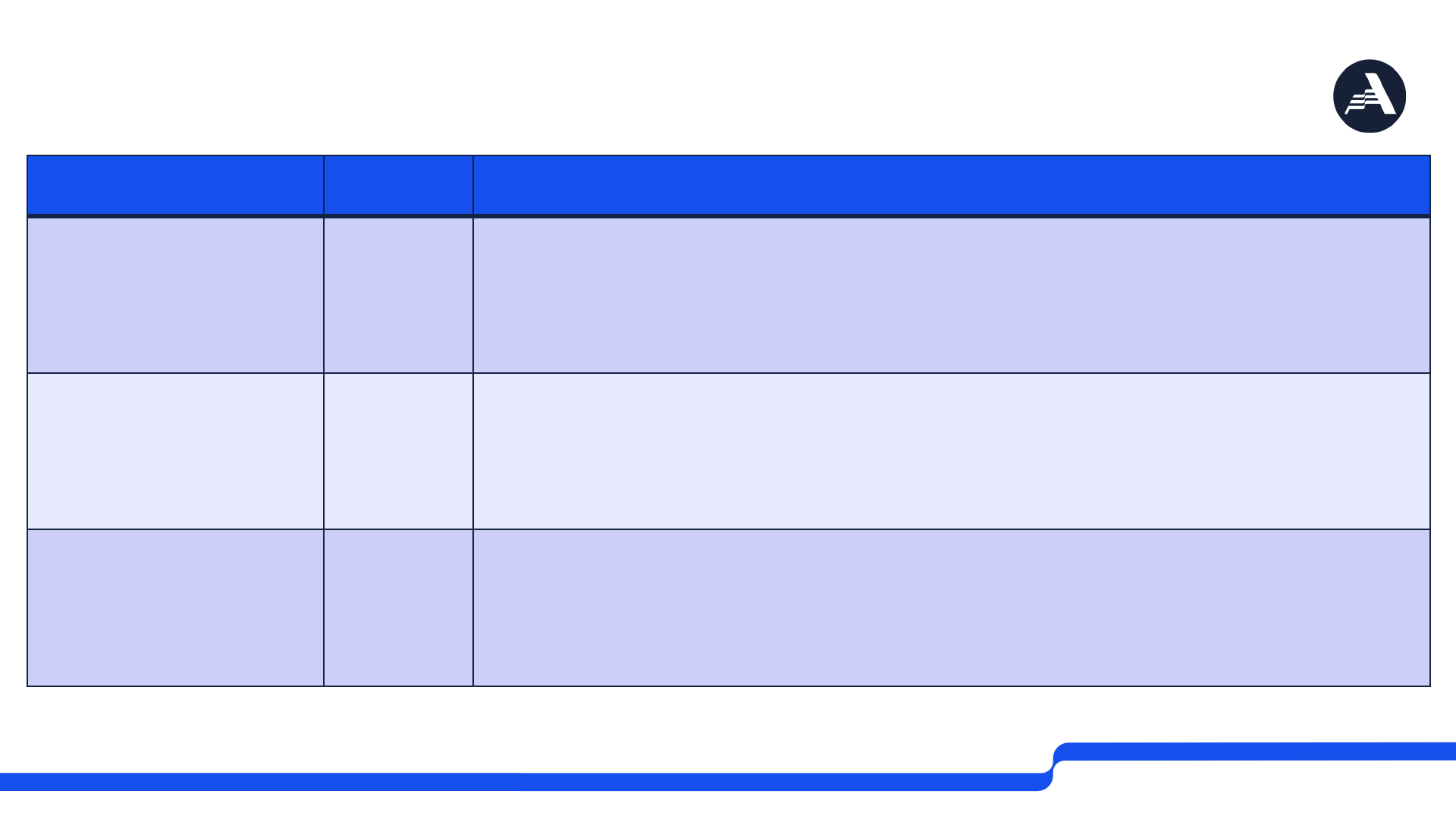
Alternative Evaluation Approach (AEA) – continued
AEA Grantee Justification
Structure of
program or
grantee
organization
Large - Insurmountable challenges forming a comparison group.
- Significant changes to program design.
Replication Large - Implementing an evidence-based intervention with fidelity in
a new setting.
- A grantee’s application must be assessed at the Strong or
Moderate evidence level.
Timing Large or
Small
- Evaluation will not be completed by end of current grant
cycle.
- AEA approval required only if an interim evaluation report will
not meet evaluation requirements.
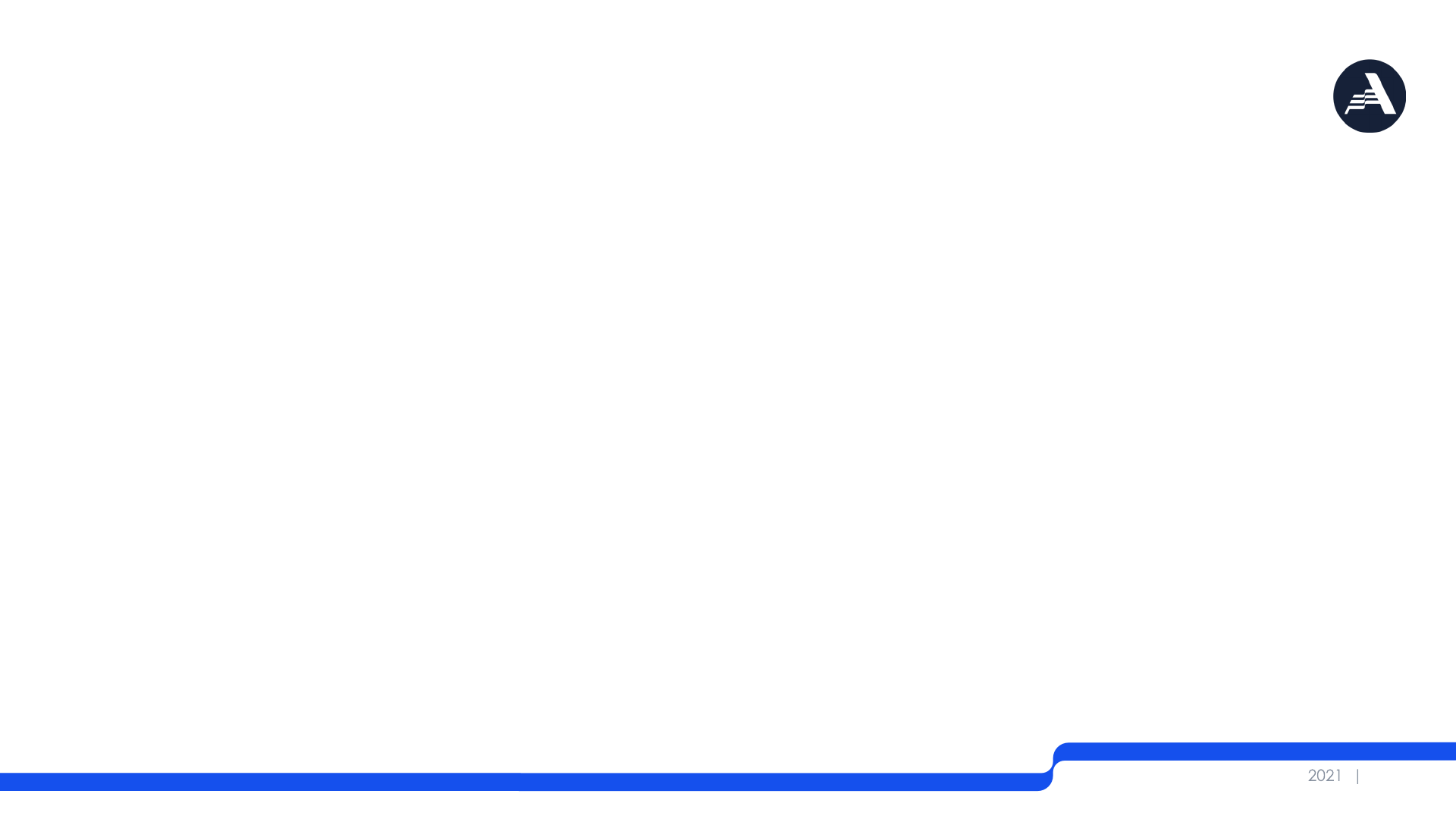
Key Components of a Plan
8
I. Theory of change
II. Scope of the evaluation
III. Evaluation outcome(s) of
interest
IV. Research questions
V. Evaluation design
VI. Sampling methods
VII. Data collection procedures,
data sources, and measurement
tools
VIII. Analysis plan
IX. Evaluator qualifications
X. Timeline
XI. Budget
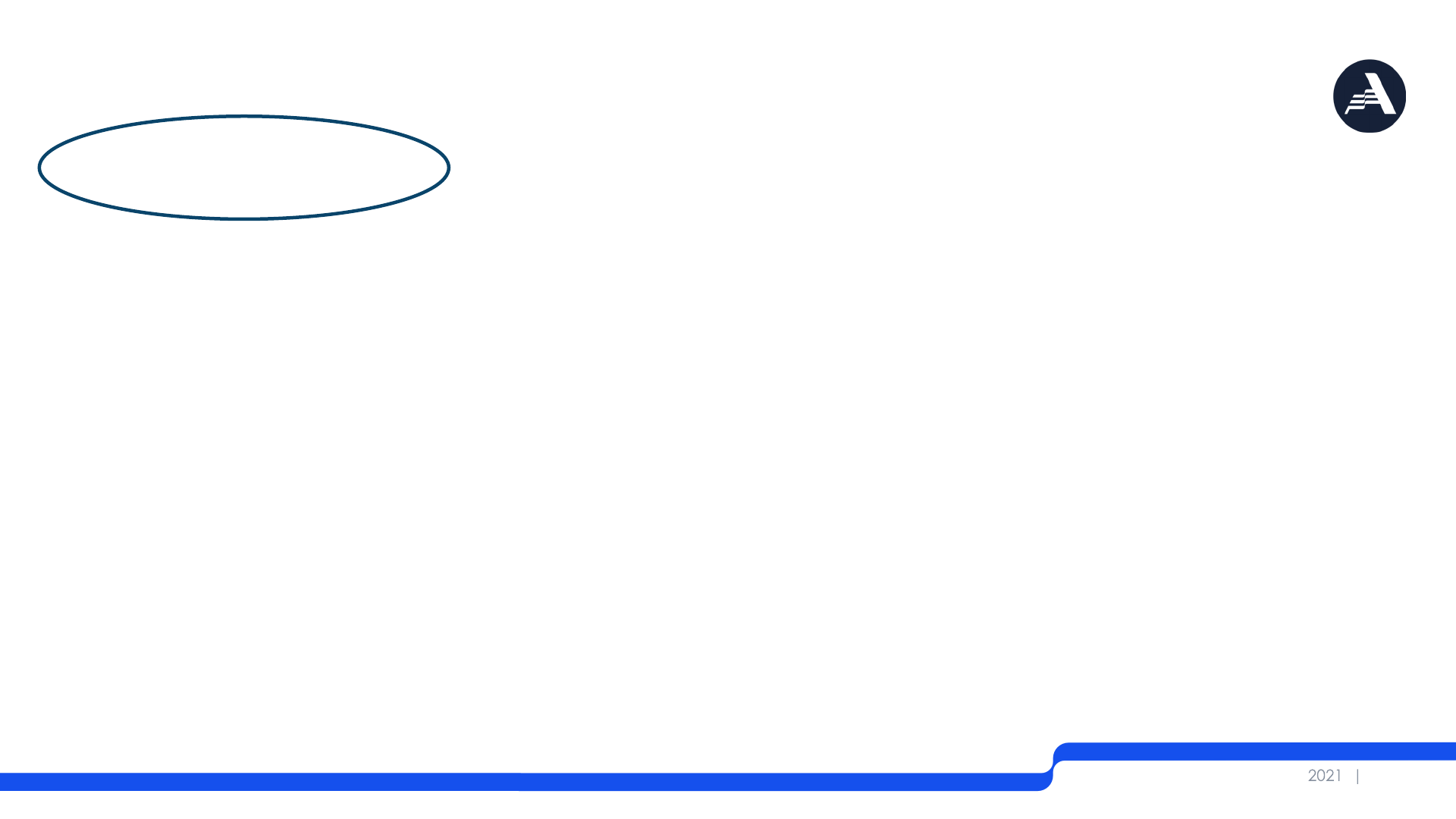
What to include in the...
9
I. Theory of change
II. Scope of the evaluation
III. Evaluation outcome(s) of
interest
IV. Research questions
V. Evaluation design
VI. Sampling methods
VII. Data collection procedures,
data sources, and measurement
tools
VIII. Analysis plan
IX. Evaluator qualifications
X. Timeline
XI. Budget
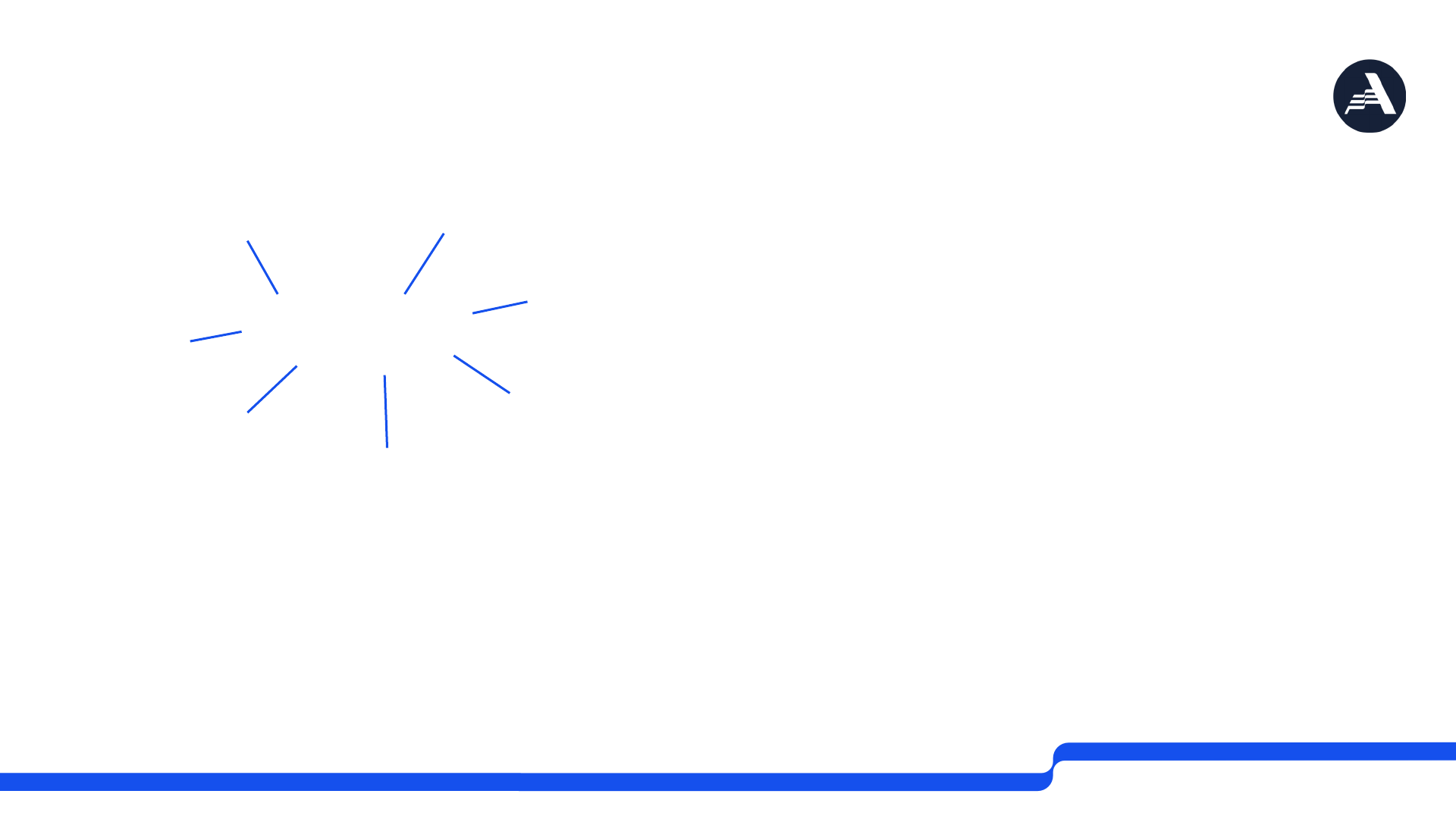
• Describe how the activities
undertaken by your program
contribute to a chain of results
that lead to the intended
outcomes
• Your evaluation plan must align
with your theory of change
and your logic model
Theory of Change
elements
Program
context
Sequence of
required events
Underlying
assumptions
Logic
model
Short-term
outcomes
Intermediate
outcomes
Long-term
outcomes
I. Theory of Change
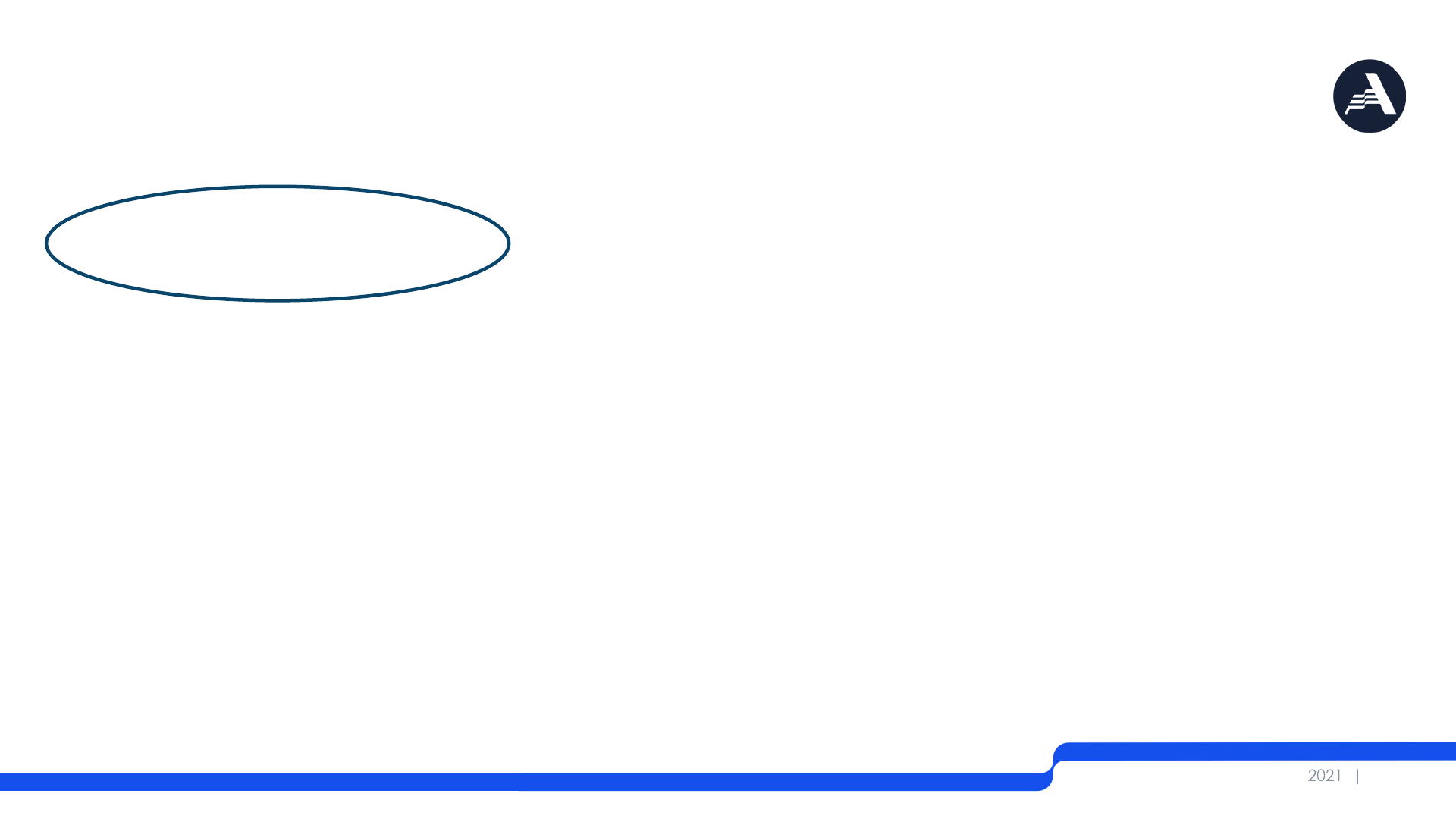
What to include on...
11
I. Theory of change
II. Scope of the evaluation
III. Evaluation outcome(s) of
interest
IV. Research questions
V. Evaluation design
VI. Sampling methods
VII. Data collection procedures,
data sources, and measurement
tools
VIII. Analysis plan
IX. Evaluator qualifications
X. Timeline
XI. Budget
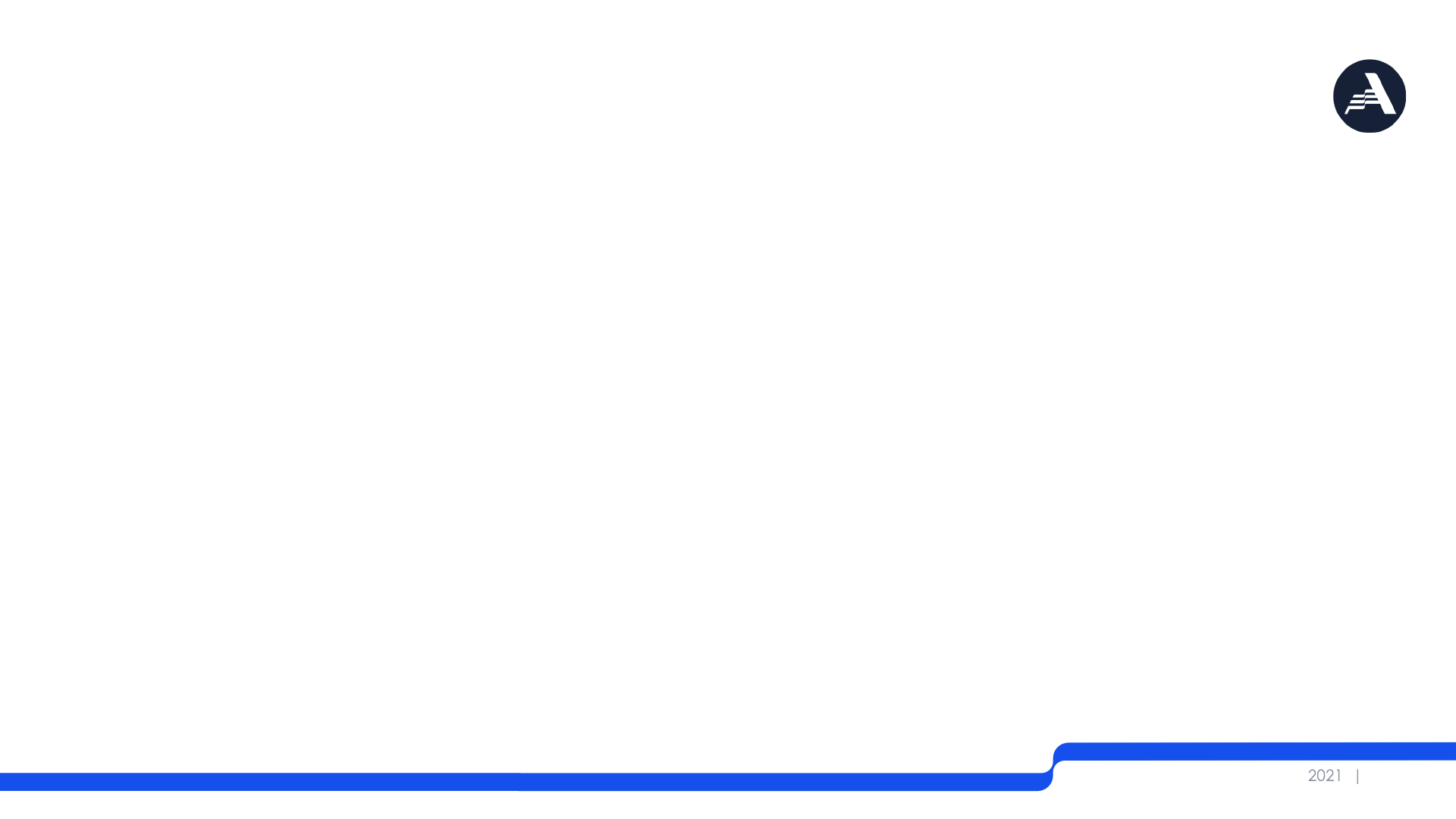
• State the goal(s) of the evaluation and specify which program
activities will be assessed
• Programs are not expected to evaluate every component of
their logic model. Instead, the evaluation may focus on a sub-
set of program activities.
II. Scope of the Evaluation
12
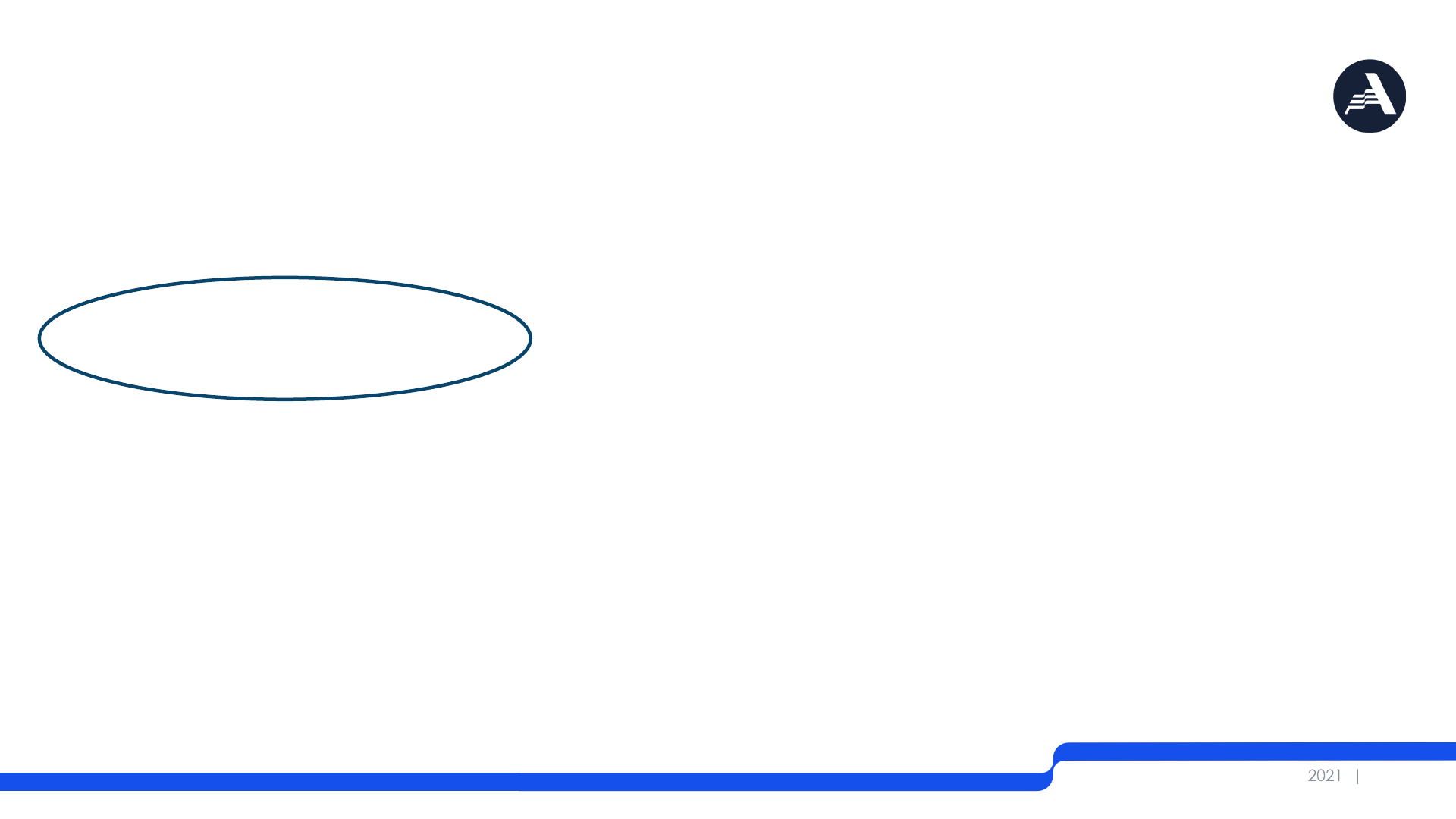
What to include on...
13
I. Theory of change
II. Scope of the evaluation
III. Evaluation outcome(s) of
interest
IV. Research questions
V. Evaluation design
VI. Sampling methods
VII. Data collection procedures,
data sources, and measurement
tools
VIII. Analysis plan
IX. Evaluator qualifications
X. Timeline
XI. Budget
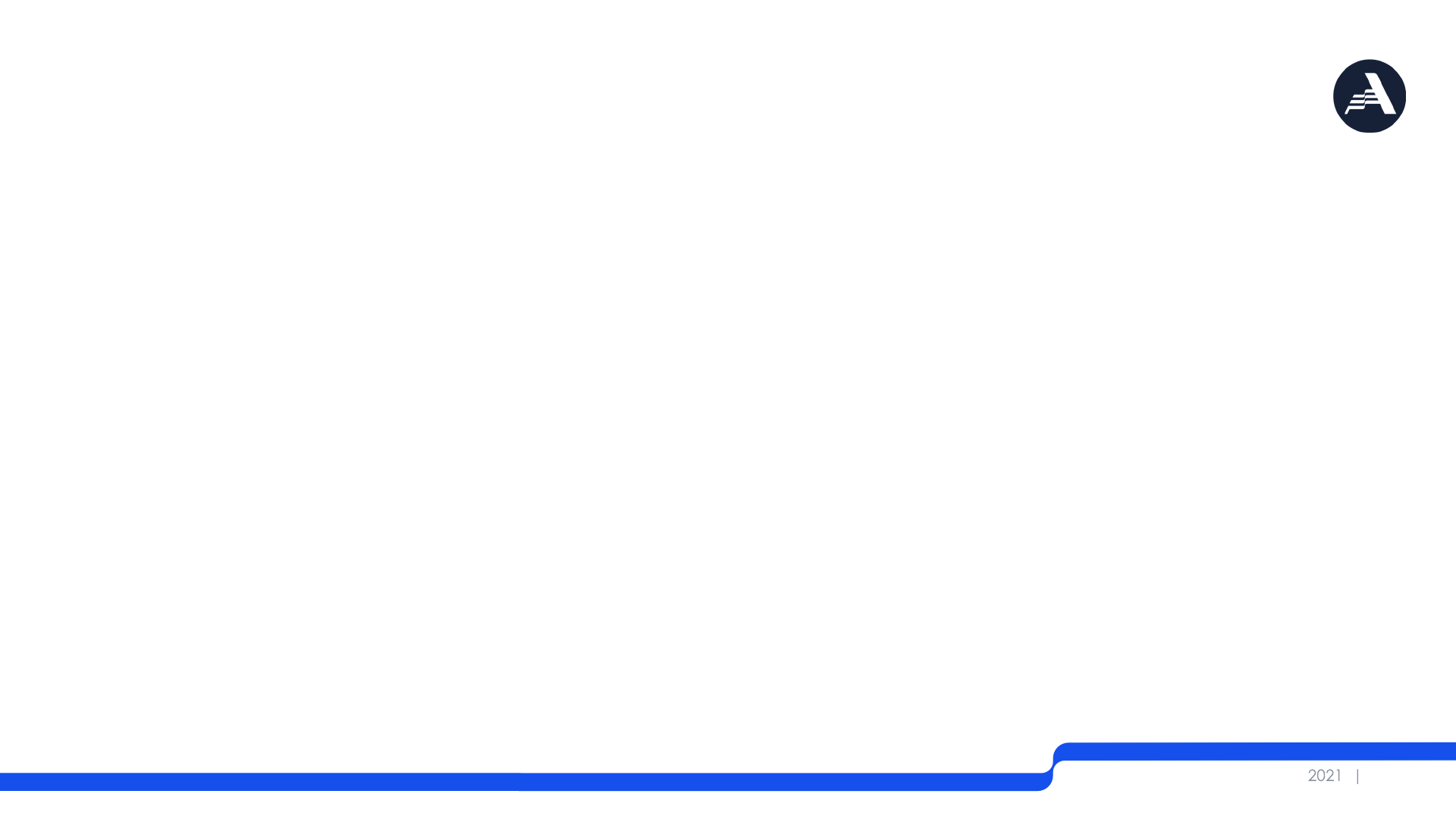
• Describe what outcomes your evaluation will measure
• Process / implementation outcomes or outputs
• Program beneficiary outcomes
• Member outcomes
• Your outcomes of interest should be:
• Part of your program’s theory of change and included in your logic
model
• Feasible for your program to measure given the source(s) of data
needed and level of effort required
III. Outcome(s) of Interest
14
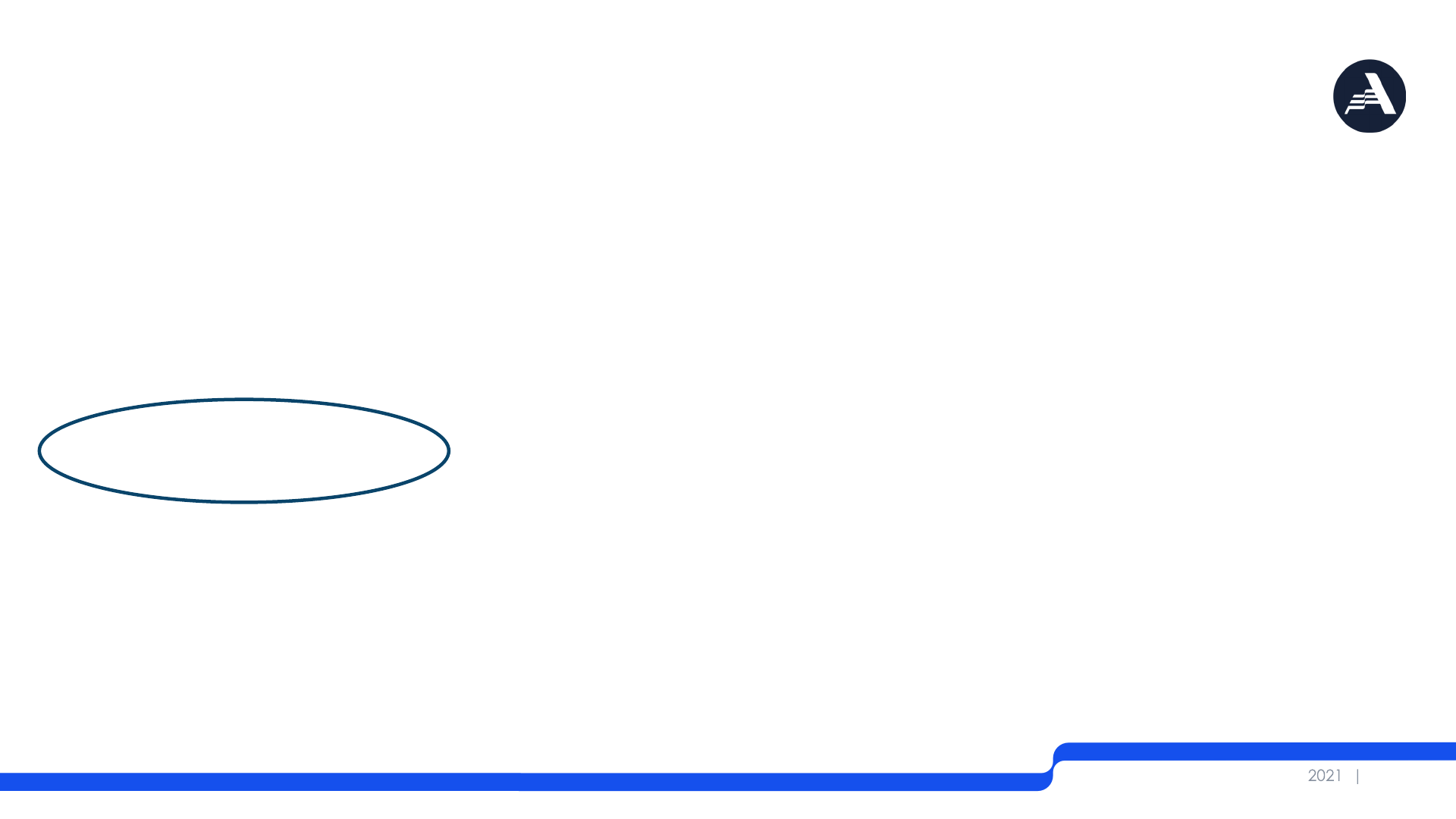
What to include on...
15
I. Theory of change
II. Scope of the evaluation
III. Evaluation outcome(s) of
interest
IV. Research questions
V. Evaluation design
VI. Sampling methods
VII. Data collection procedures,
data sources, and measurement
tools
VIII. Analysis plan
IX. Evaluator qualifications
X. Timeline
XI. Budget
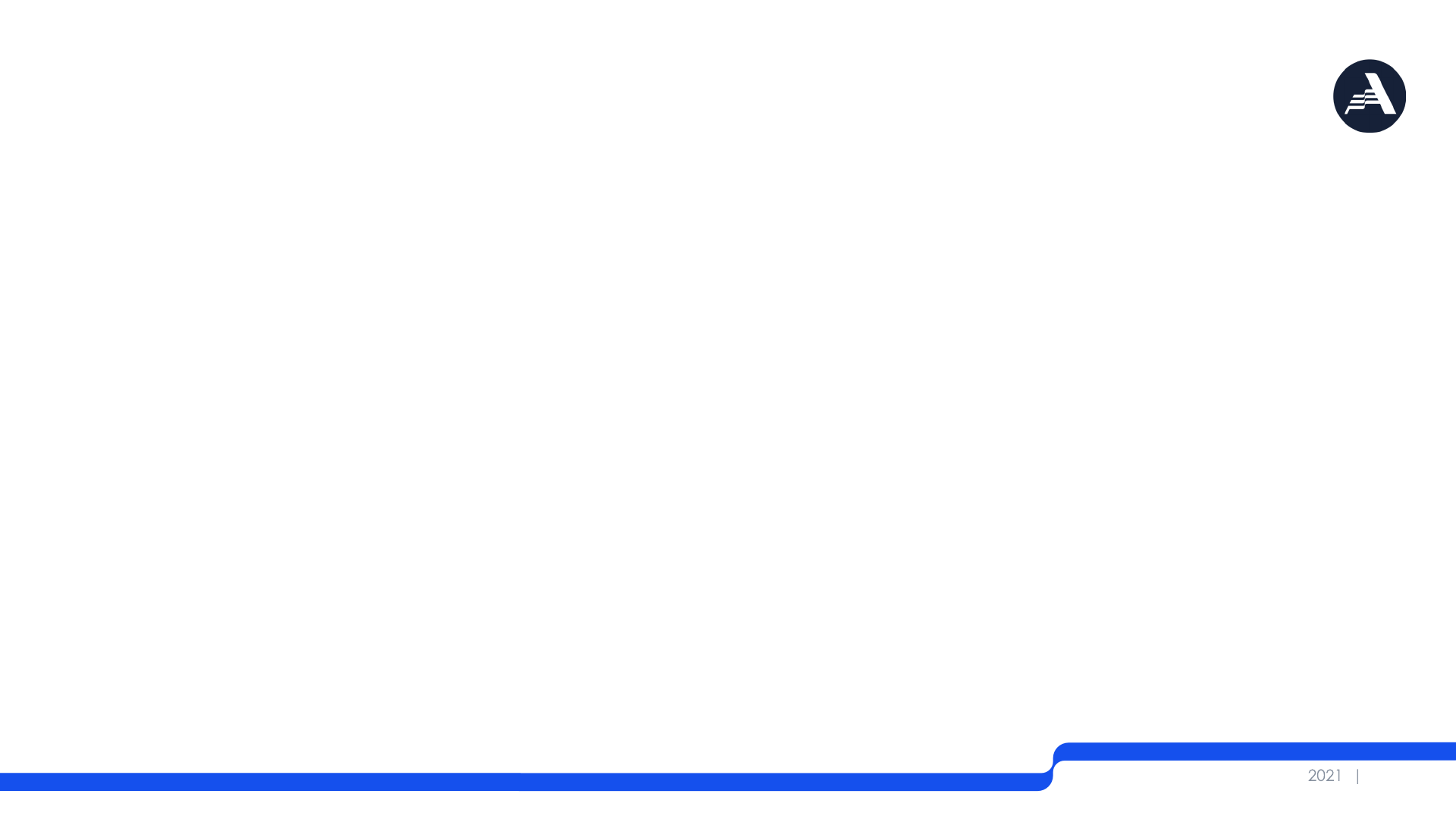
• One or more questions that define exactly what your
evaluation intends to accomplish
• The following are characteristics of a good research question:
• Clearly stated and specific
• Aligns with your theory of change / logic model
• Connect to the outcomes of interest
• Measurable and feasible to answer
• Aligns with your chosen evaluation design
IV. Research Questions
16
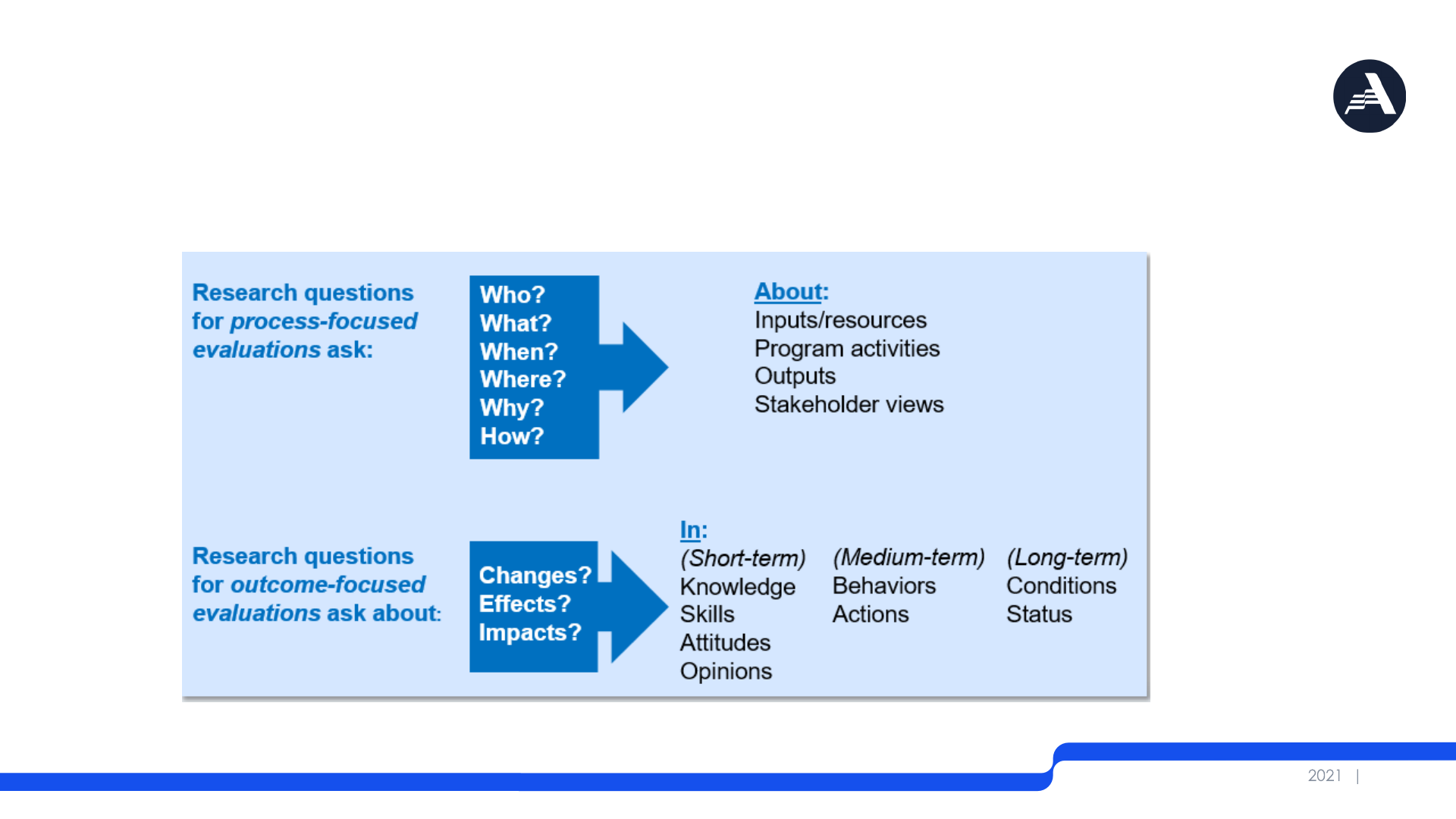
Research questions are worded differently depending on their
focus:
IV. Research Questions
17
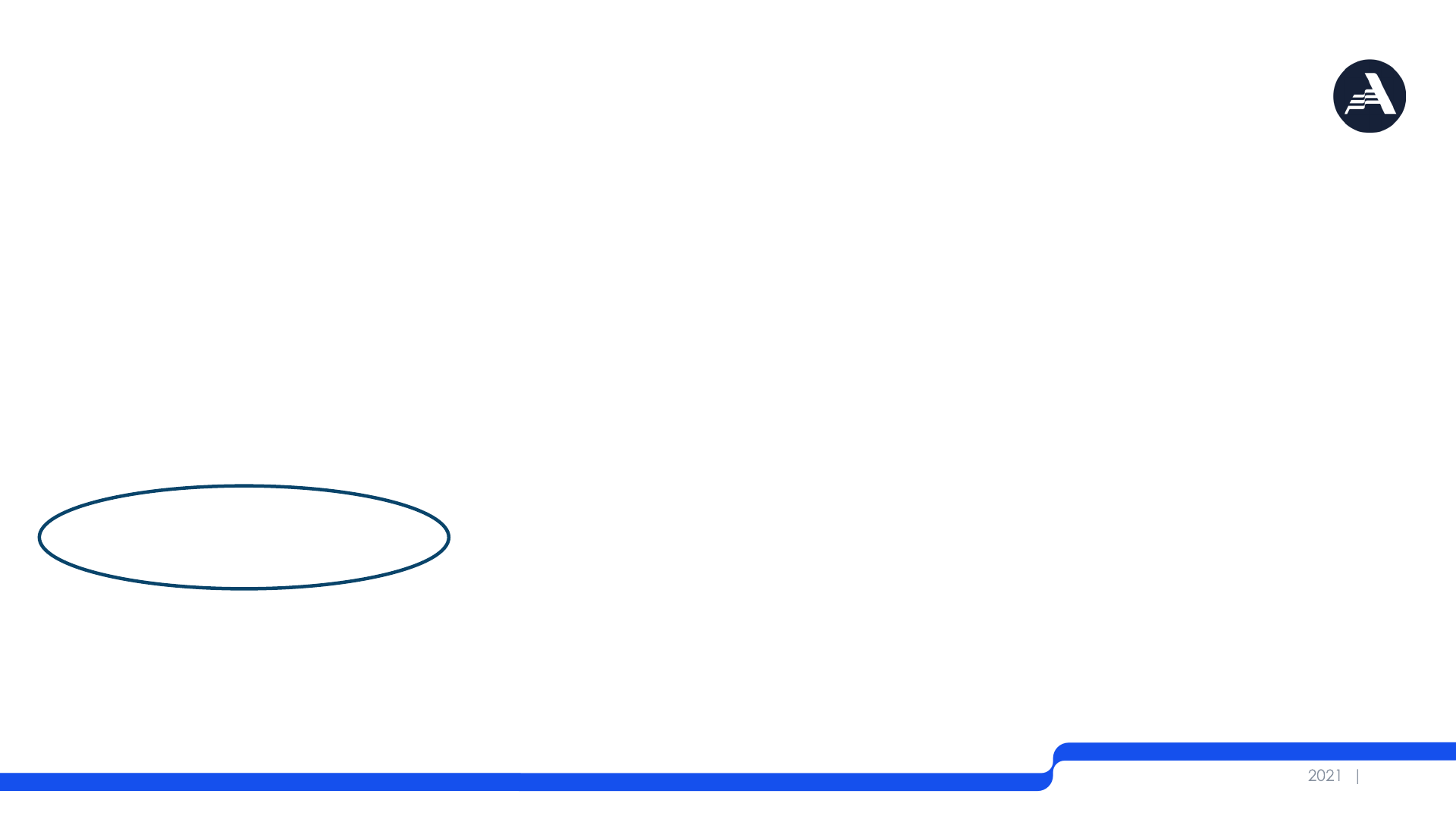
What to include on...
18
I. Theory of change
II. Scope of the evaluation
III. Evaluation outcome(s) of
interest
IV. Research questions
V. Evaluation design
VI. Sampling methods
VII. Data collection procedures,
data sources, and measurement
tools
VIII. Analysis plan
IX. Evaluator qualifications
X. Timeline
XI. Budget

Description of general categories of evaluation designs:
V. Evaluation Design
19
Process Evaluation Outcome Evaluation Impact Evaluation
• Examines the extent to
which a program is
operating as intended by
assessing ongoing
program operations and
determining whether the
target population is being
served
• Results may be used to
determine what changes
and/or improvements
should be made to the
program’s operations
• Measures changes in
knowledge, attitude(s),
behavior(s) and/or
condition(s) among
program beneficiaries or
other stakeholder groups
• Results may demonstrate
what the program has
achieved
• Measures changes in
program beneficiaries
or stakeholders relative
to a reasonably similar
comparison/ control
group
• Results are an estimate
of the program’s
impact on beneficiaries
or other stakeholder
groups
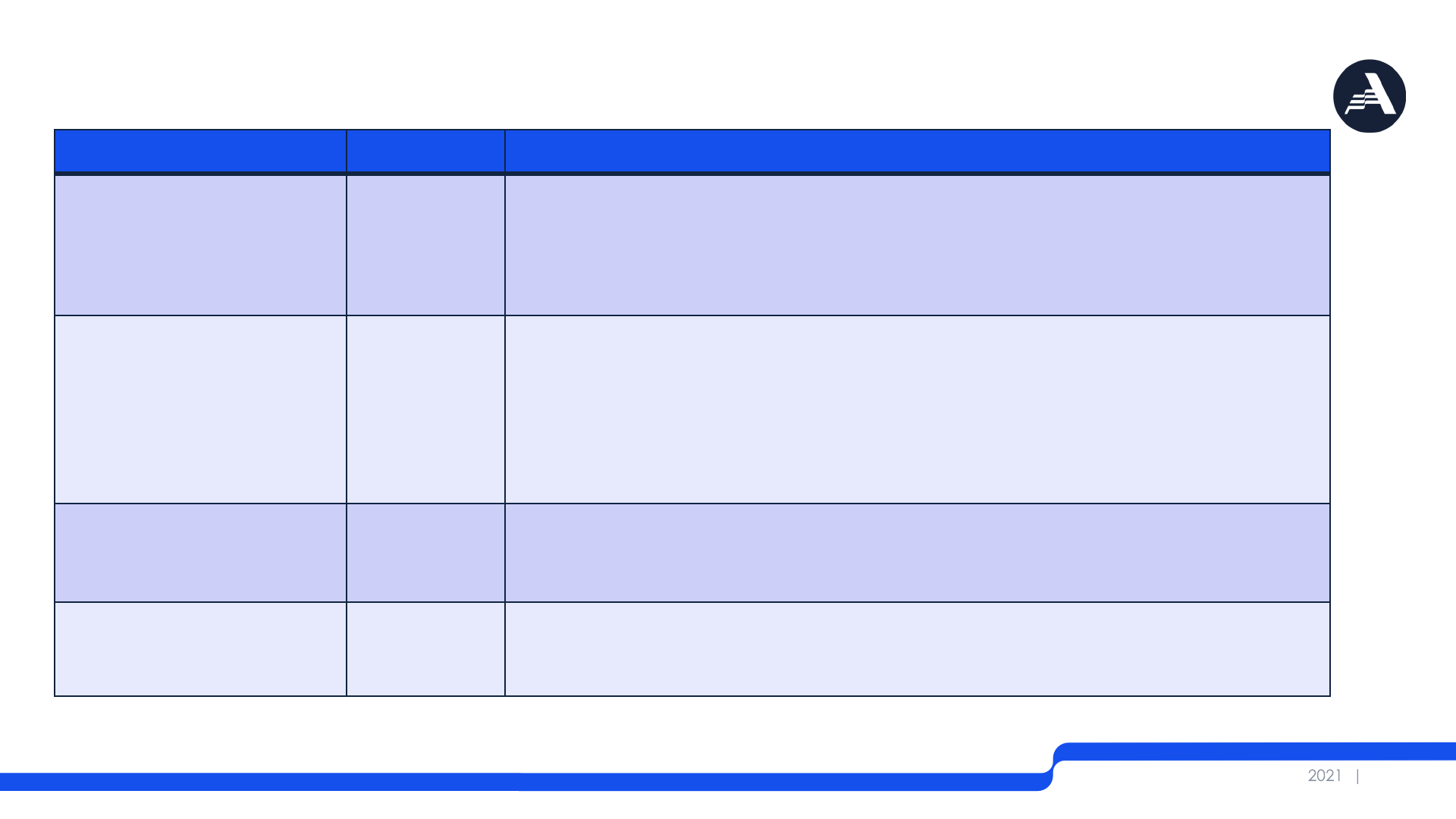
V. AmeriCorps Approved Evaluation Designs
20
Type of Design Category Details needed on evaluation design
Experimental
design/Randomized
Controlled Trial
(RCT)
Impact • Description of the random assignment procedures that
will be used to form treatment and control groups
• Eligibility criteria for inclusion in the study
Quasi-experimental
Design (QED)
Impact • Description of the approach for identifying a reasonably
similar comparison group (e.g., propensity score
matching, difference in difference analysis)
• List of variables (covariates) to be used to statistically
equate treatment and comparison groups at baseline
Non-experimental
Design
Outcome • Description of whether pre- AND post-test measurements
OR post-only measurements will be used
Process Process • Description of the methods that will be used (i.e.,
qualitative only, quantitative only, or mixed methods)
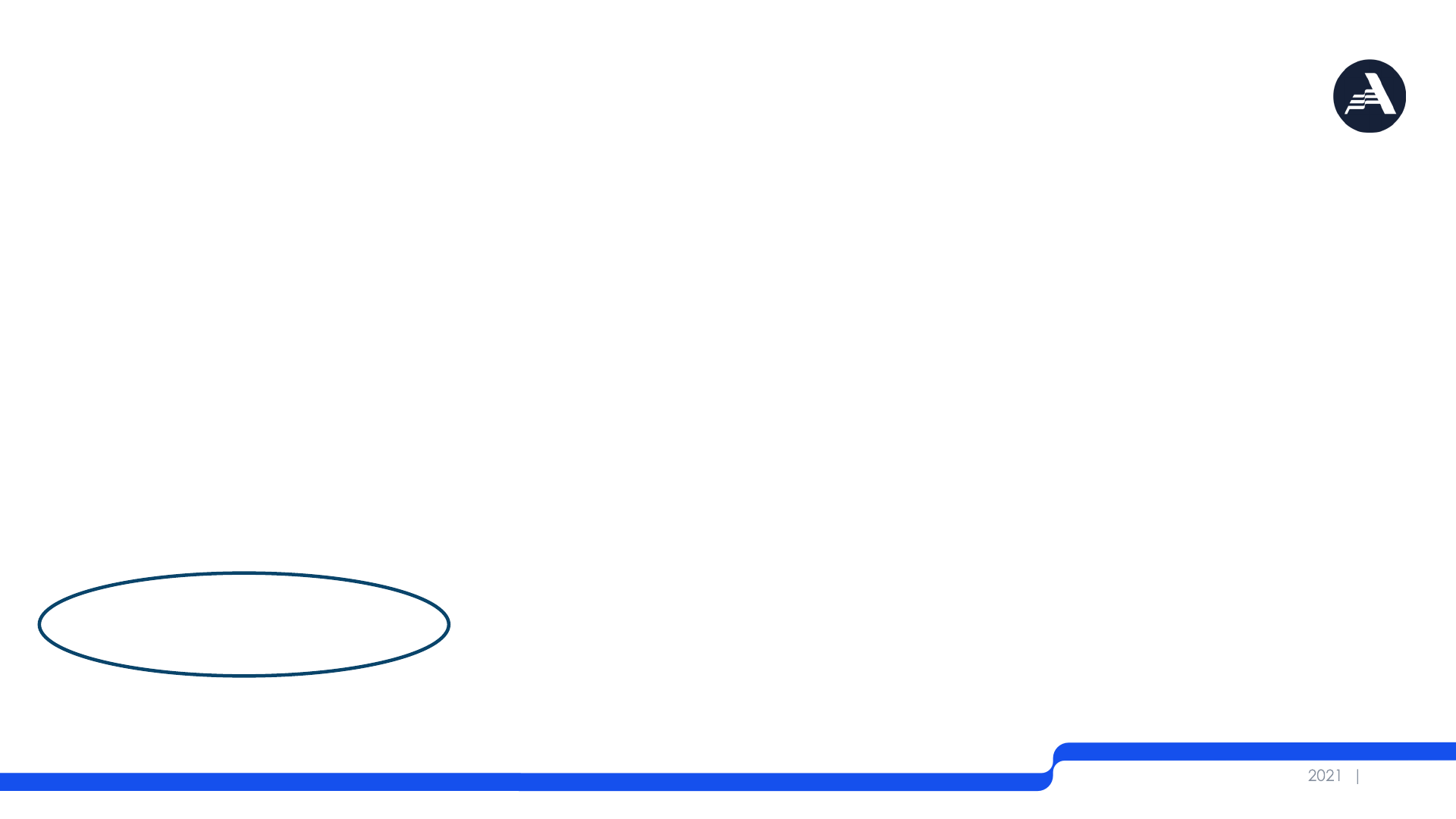
What to include on...
21
I. Theory of change
II. Scope of the evaluation
III. Evaluation outcome(s) of
interest
IV. Research questions
V. Evaluation design
VI. Sampling methods
VII. Data collection procedures,
data sources, and measurement
tools
VIII. Analysis plan
IX. Evaluator qualifications
X. Timeline
XI. Budget
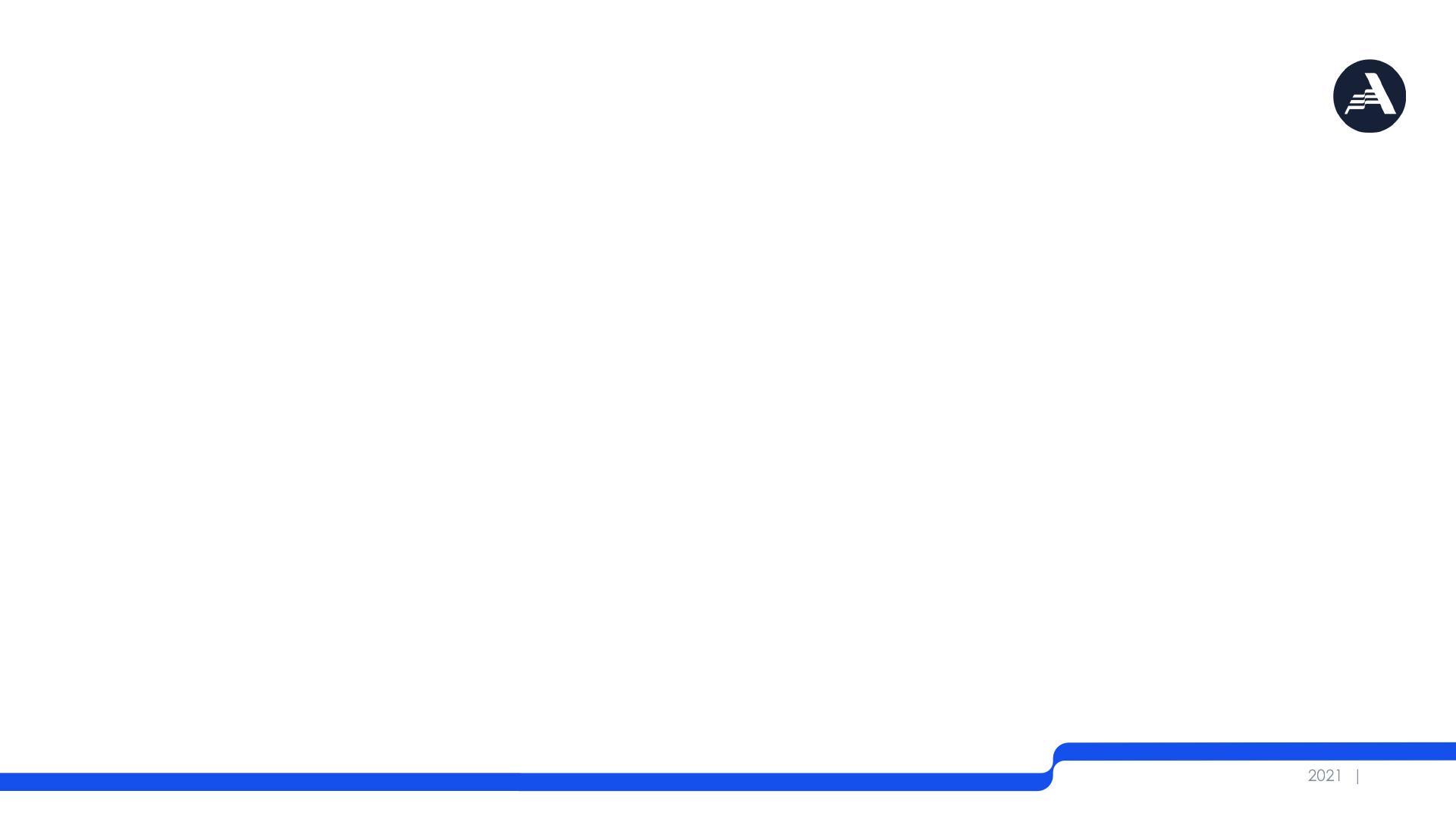
• For each data source, describe the sample or the target
population for the evaluation, including:
• Eligibility criteria that limits the sample or population (e.g., participation
level, site/location, age or grade level)
• Sampling procedures (e.g., random, purposeful, or convenience
sampling)
• Expected size of the sample or population
• Rationale or justification for sample sizes
• For ASN grantees, sample size justification is required for non-
experimental (i.e., rationale for sample selection) and impact
designs (i.e., a power analysis)
VI. Sampling Methods
22
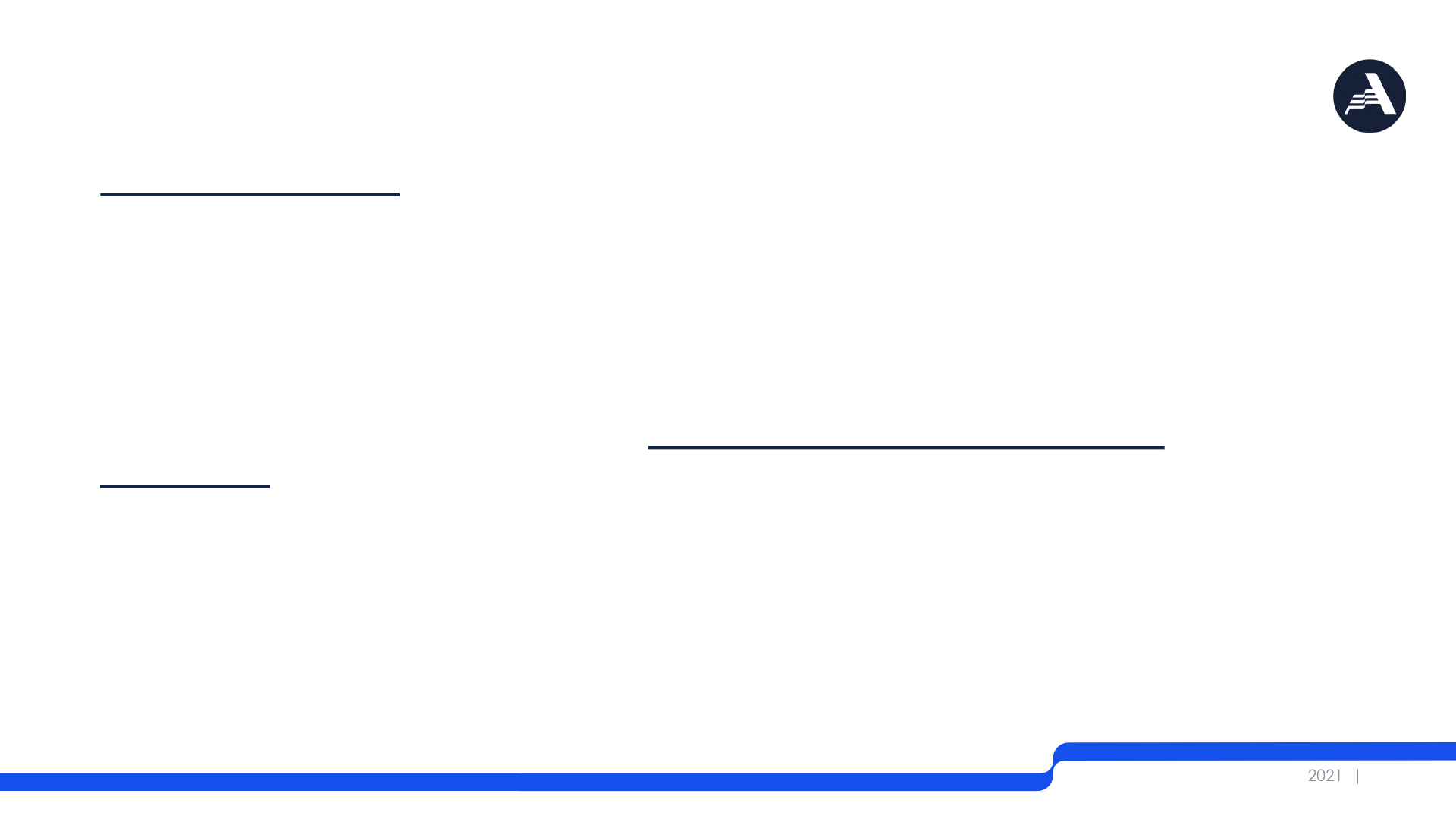
• A power analysis is used to determine:
• How large a sample is needed to enable statistical judgments that are
accurate and reliable (i.e., required minimum sample size)
• How likely your statistical test will be to detect effects of a given size in a
particular situation
• It is recommended that a plan include the results of a power
analysis if:
• It is an impact evaluation design (i.e., RCT or QED)
• Your analysis involves statistical significance testing
VI. Sampling Methods
23
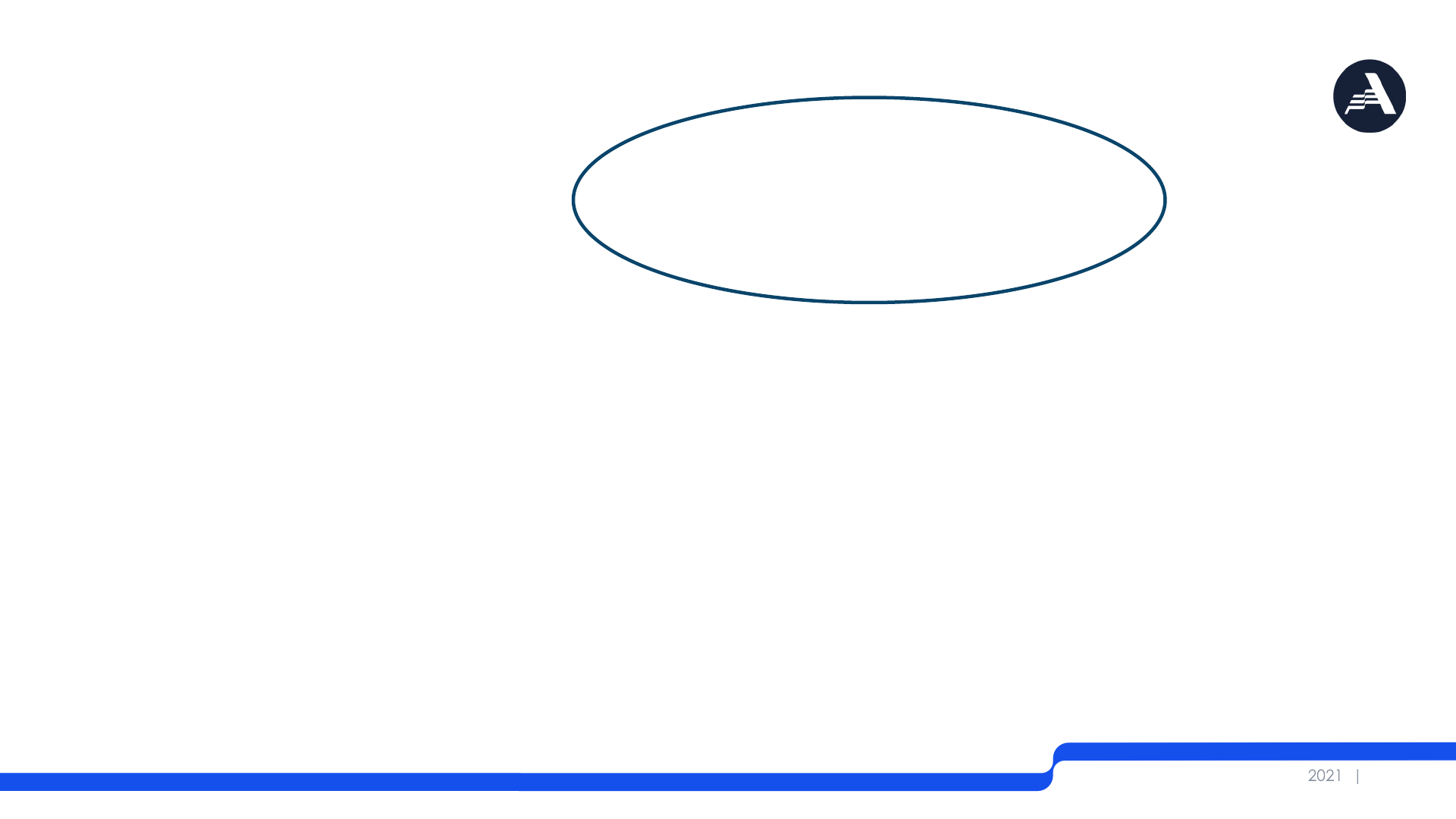
What to include on...
24
I. Theory of change
II. Scope of the evaluation
III. Evaluation outcome(s) of
interest
IV. Research questions
V. Evaluation design
VI. Sampling methods
VII. Data collection procedures,
data sources, and measurement
tools
VIII. Analysis plan
IX. Evaluator qualifications
X. Timeline
XI. Budget
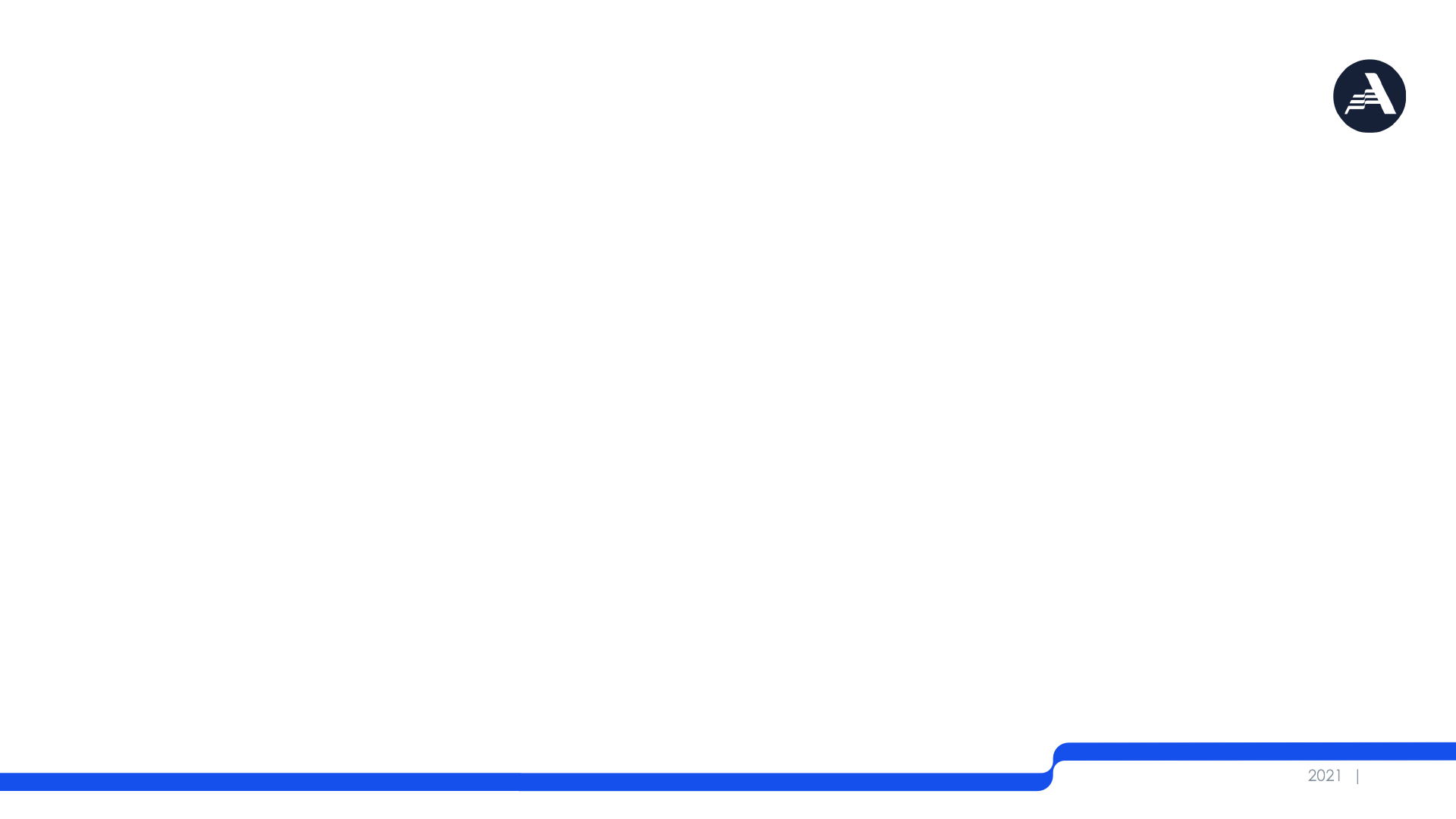
• Provide a detailed description of the data that will be
collected or extracted to answer the research questions. This
section should address:
• Who/what will be the source of the data?
• What tools/instruments will be used to collect data?
• What is the plan for accessing administrative/extant data?
• What information will be collected/compiled?
• When and how often data will data be collected?
• Ensure that the data are adequate for addressing all of the
study's research questions
VII. Data Collection Procedures, Data Sources, and
Measurement Tools
25
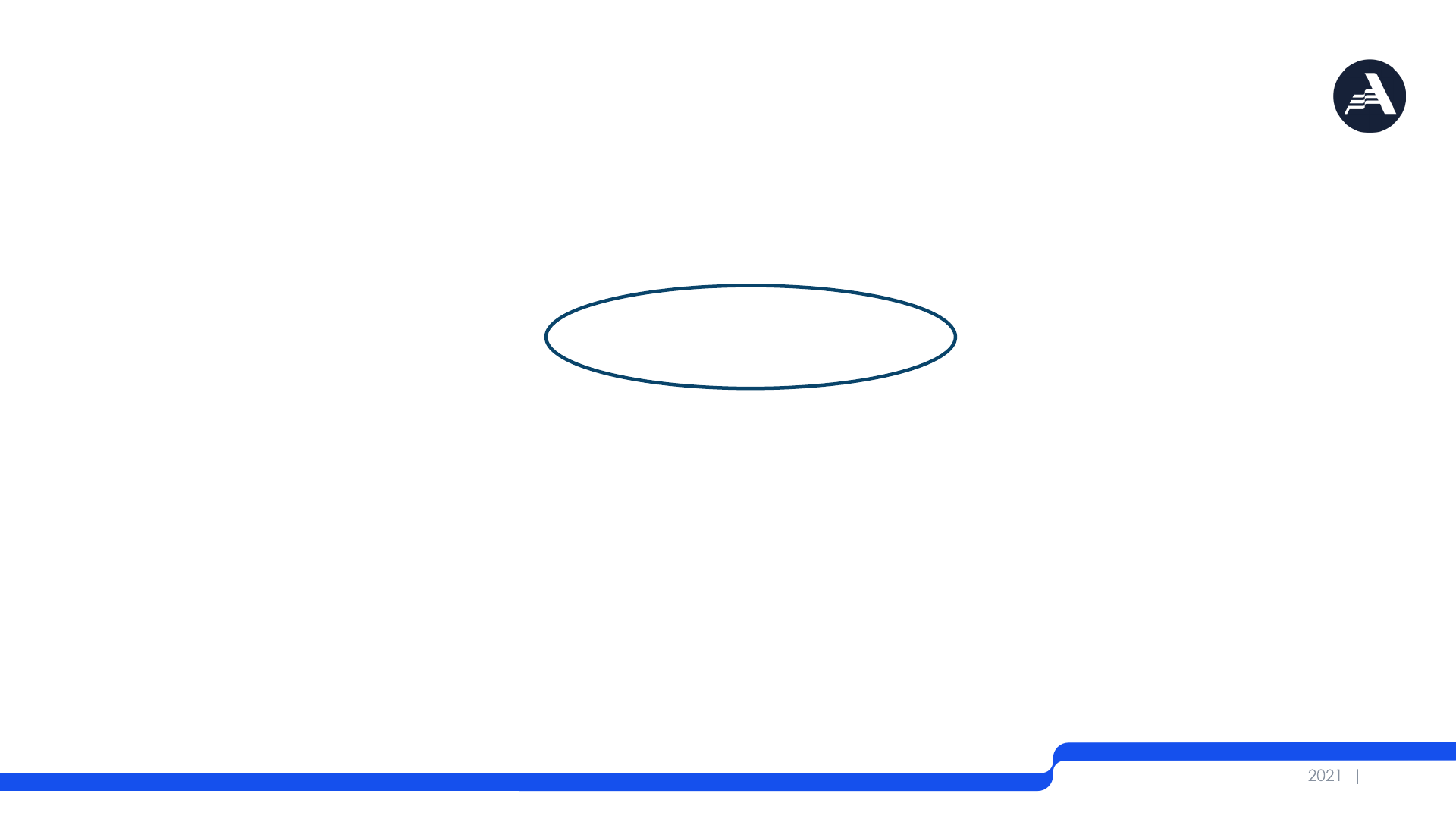
What to include on...
26
I. Theory of change
II. Scope of the evaluation
III. Evaluation outcome(s) of
interest
IV. Research questions
V. Evaluation design
VI. Sampling methods
VII. Data collection procedures,
data sources, and measurement
tools
VIII. Analysis plan
IX. Evaluator qualifications
X. Timeline
XI. Budget
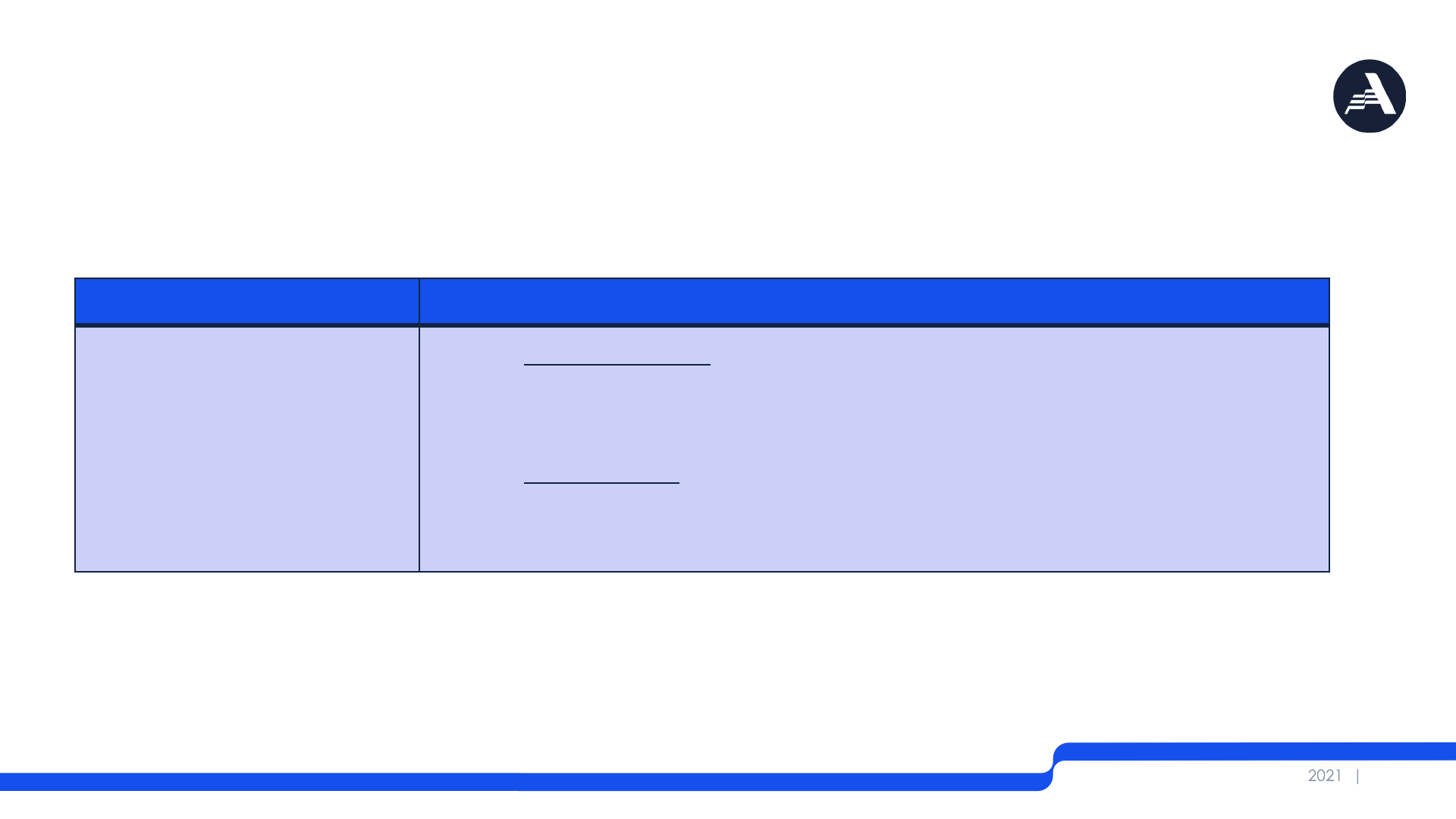
Explain how each data source will be analyzed to produce
findings that address the evaluation's research questions
VIII. Analysis Plan
27
Type of design Details needed on analysis
Non-experimental /
Process evaluation
design
• The quantitative
data analysis techniques that will be
used to produce the study findings (e.g., Chi-square, t-
tests, frequencies, means)
• The qualitative
data analysis techniques that will be used
to produce the study findings (e.g., content analysis,
thematic coding)
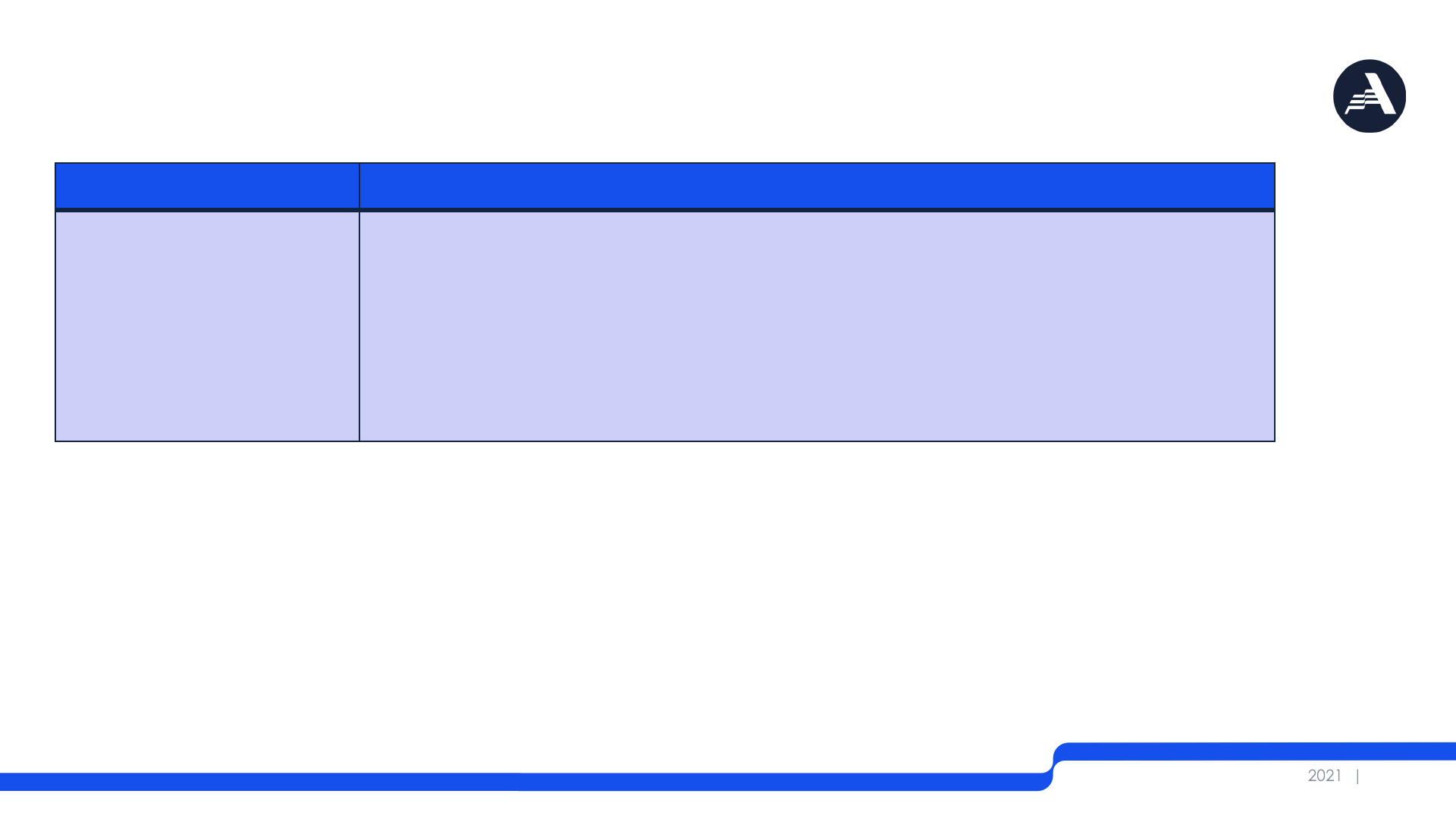
VIII. Analysis Plan
28
NOTE: Chi-square tests and t-tests are not adequate for conducting a QED
analysis. Instead, a multivariate regression model (e.g., ANOVA) is
preferred, so covariates (e.g., pre-test measures and other variables that
may affect the outcome of interest) can be controlled for in the analysis.
Type of design Details needed on analysis
Impact design
(RCT or QED)
• The statistical test/model that will be used to compare
outcomes for the treatment and comparison groups
• Plans to assess baseline equivalency of the treatment and
comparison groups and any statistical adjustments to be
used (if necessary)
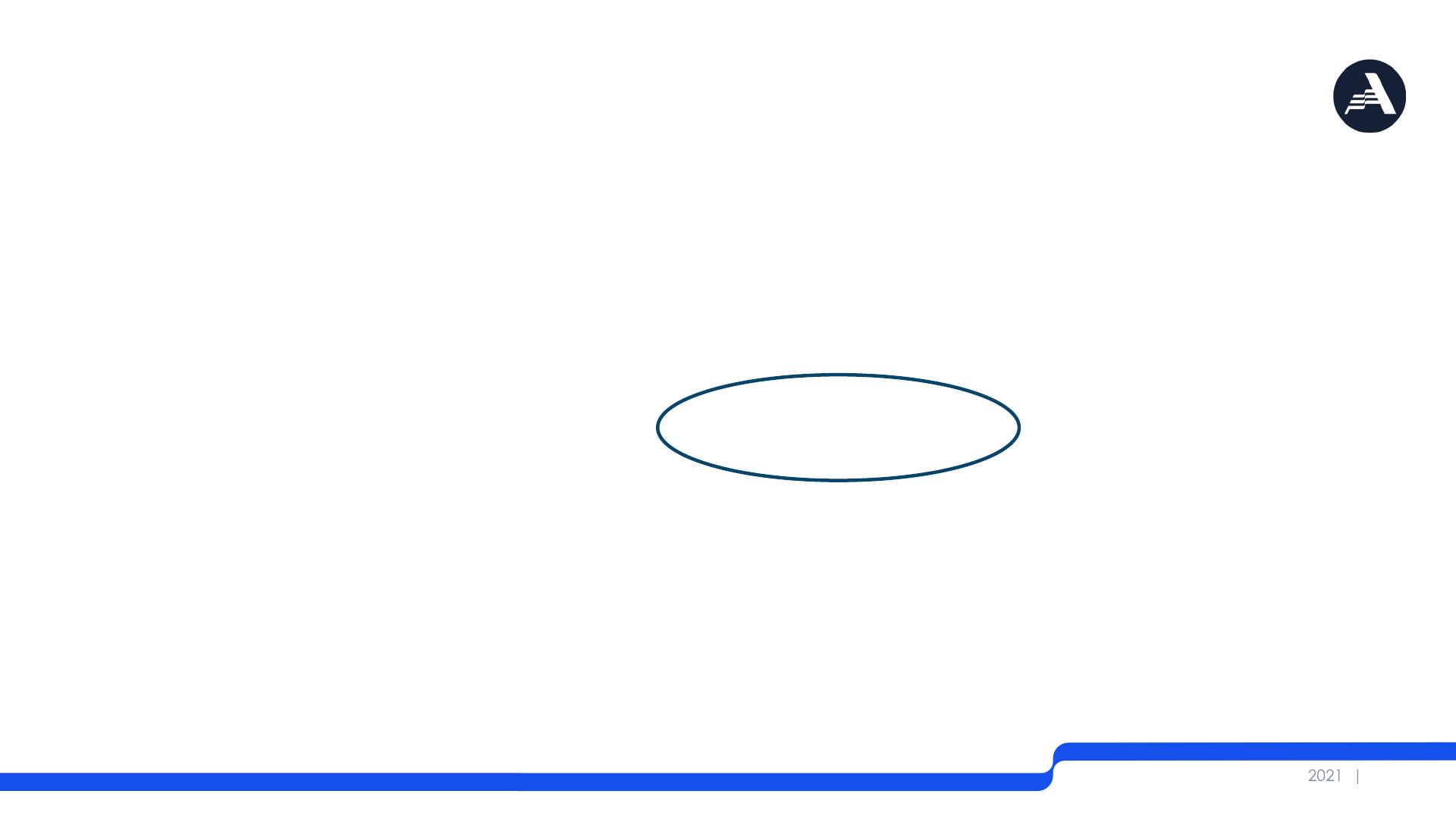
What to include on...
29
I. Theory of change
II. Scope of the evaluation
III. Evaluation outcome(s) of
interest
IV. Research questions
V. Evaluation design
VI. Sampling methods
VII. Data collection procedures,
data sources, and measurement
tools
VIII. Analysis plan
IX. Evaluator qualifications
X. Timeline
XI. Budget
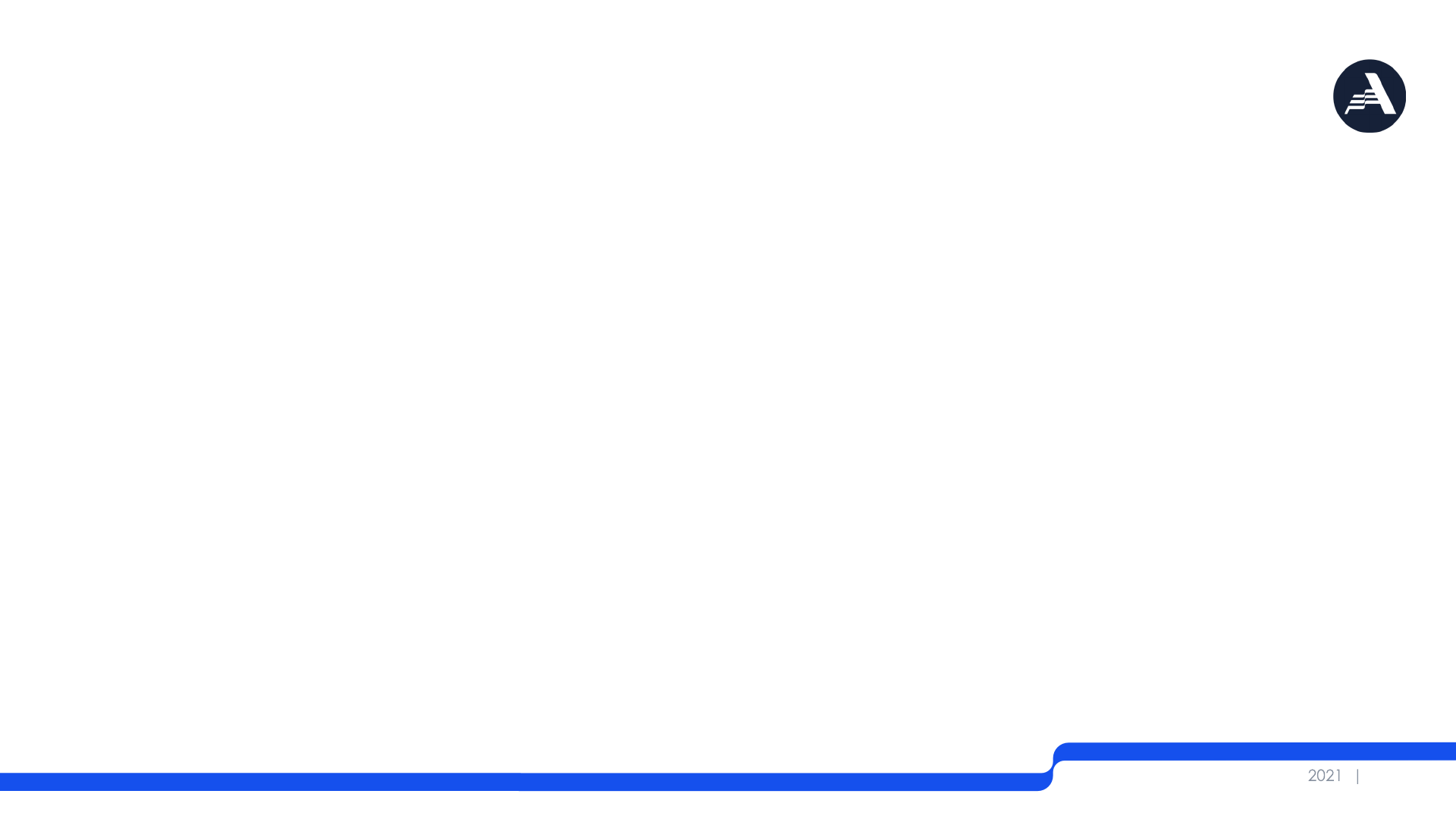
• Describe the evaluator(s) who will be carrying out the evaluation
activities, including
• Whether they are internal or external to the program;
• If using an external evaluator, the description clearly describes how they are
independent from the program (e.g., no conflicts of interest); and
• Qualifications for conducting the evaluation
• The type of evaluator used may also depend on the size of your
program
• Small grantees (<$500,000) can use an internal or external evaluator
• Large grantees (>$500,000) expected to use an external evaluator, unless a
Funding Threshold AEA is pursued
IX. Evaluator Qualifications
30
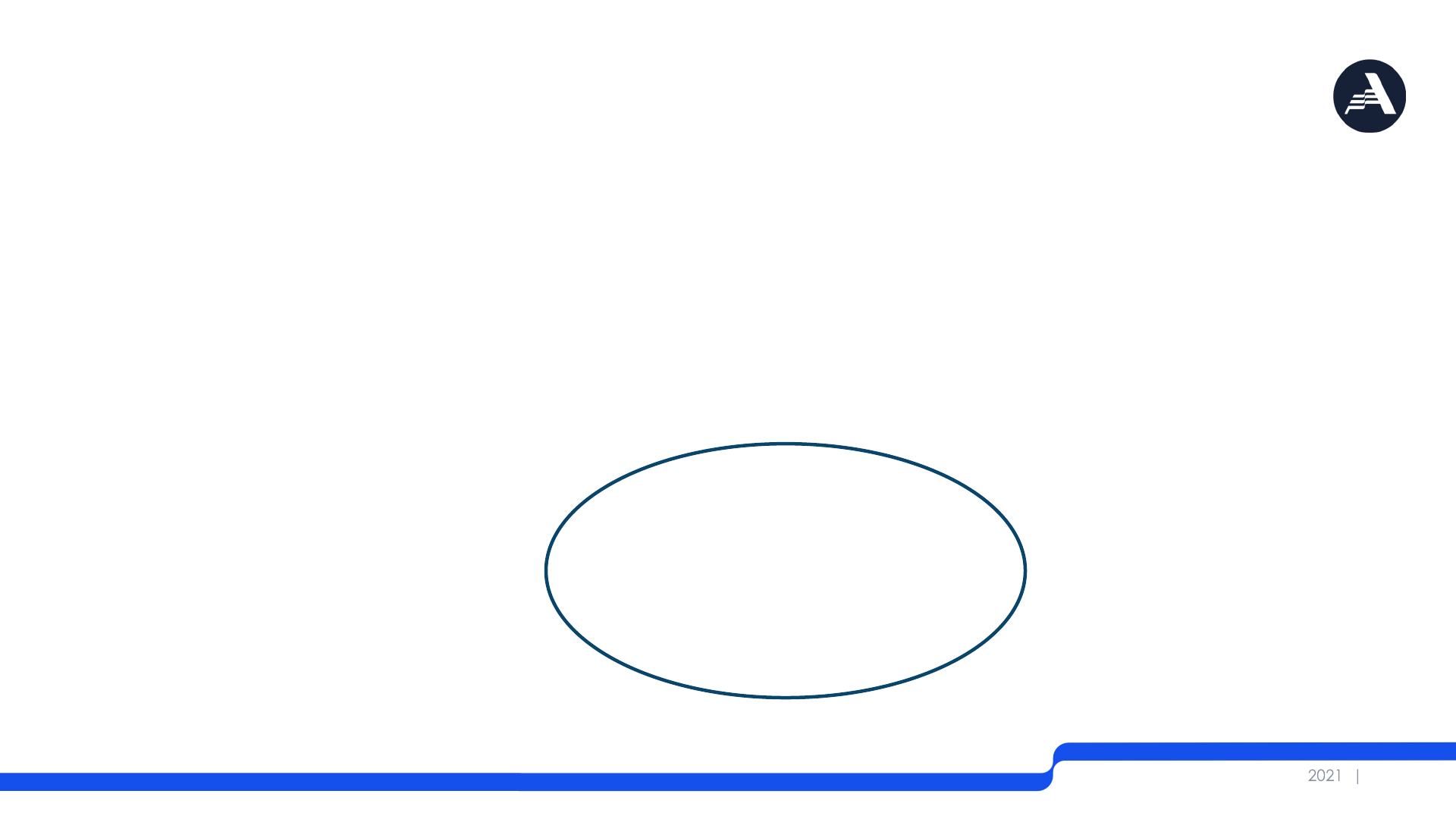
What to include on...
31
I. Theory of change
II. Scope of the evaluation
III. Evaluation outcome(s) of
interest
IV. Research questions
V. Evaluation design
VI. Sampling methods
VII. Data collection procedures,
data sources, and measurement
tools
VIII. Analysis plan
IX. Evaluator qualifications
X. Timeline
XI. Budget
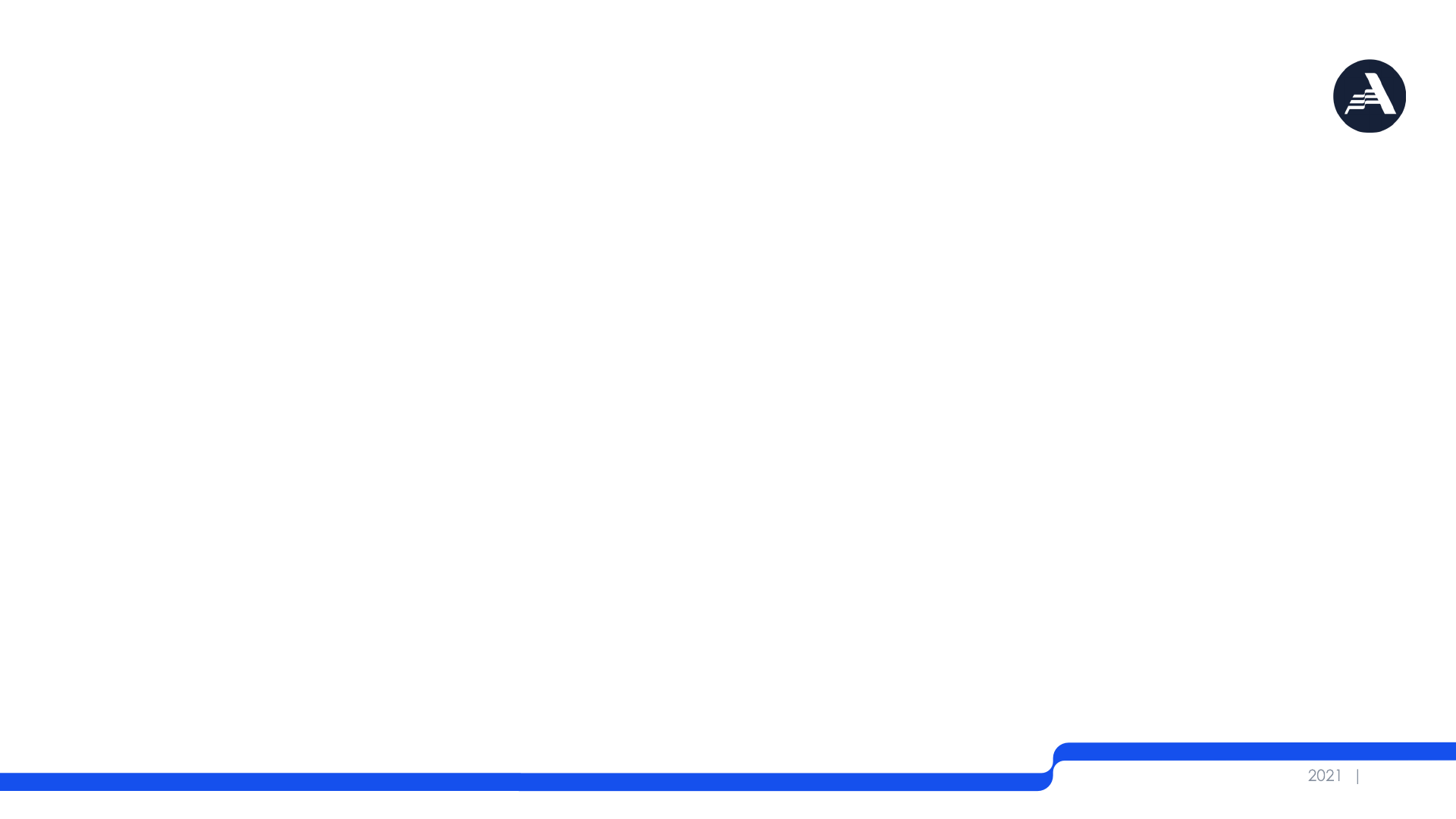
• Provide a detailed timeline of when the major evaluation activities will
occur (e.g., evaluation planning, hire evaluator, develop instruments,
collect data, analyze data, write report)
• Helps determine if the evaluation is on track to be completed on time (i.e., before
the next GARP cycle)
• Specify the budget allotted for the evaluation
X-IX. Timeline and Budget
32
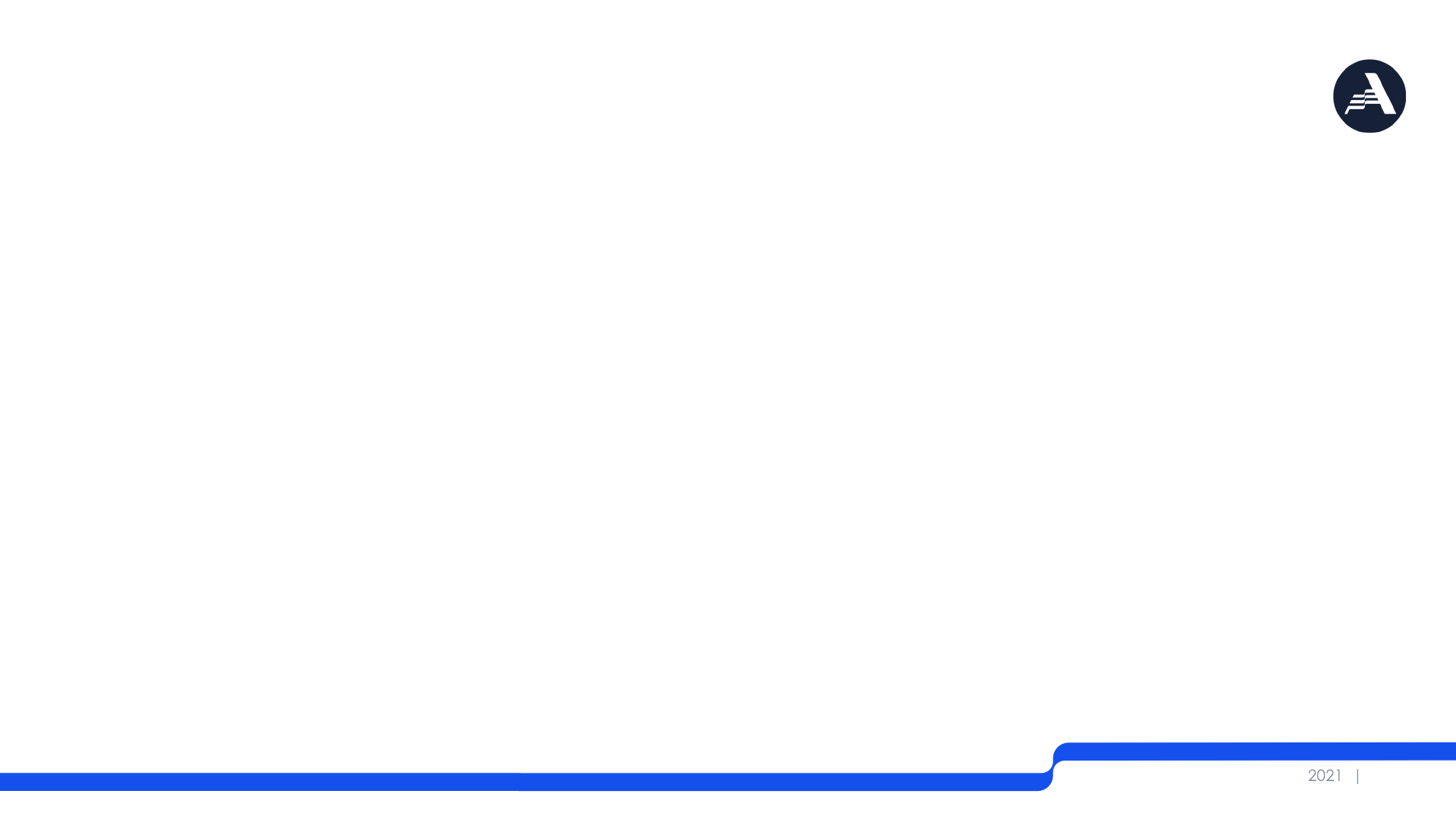
• Know what type of evaluation you must complete
• Small vs large grantee requirements
• AEA options available
• Fully describe each component of the plan
• See ASN Notice of Funding Opportunity (NOFO) and Frequently Asked
Questions: Evaluation for relevant grant cycle
• Review the Evaluation Plan template
• Ensure that your description of each of the components
aligns with one another (i.e., interrelated)
General Guidelines to Follow
33
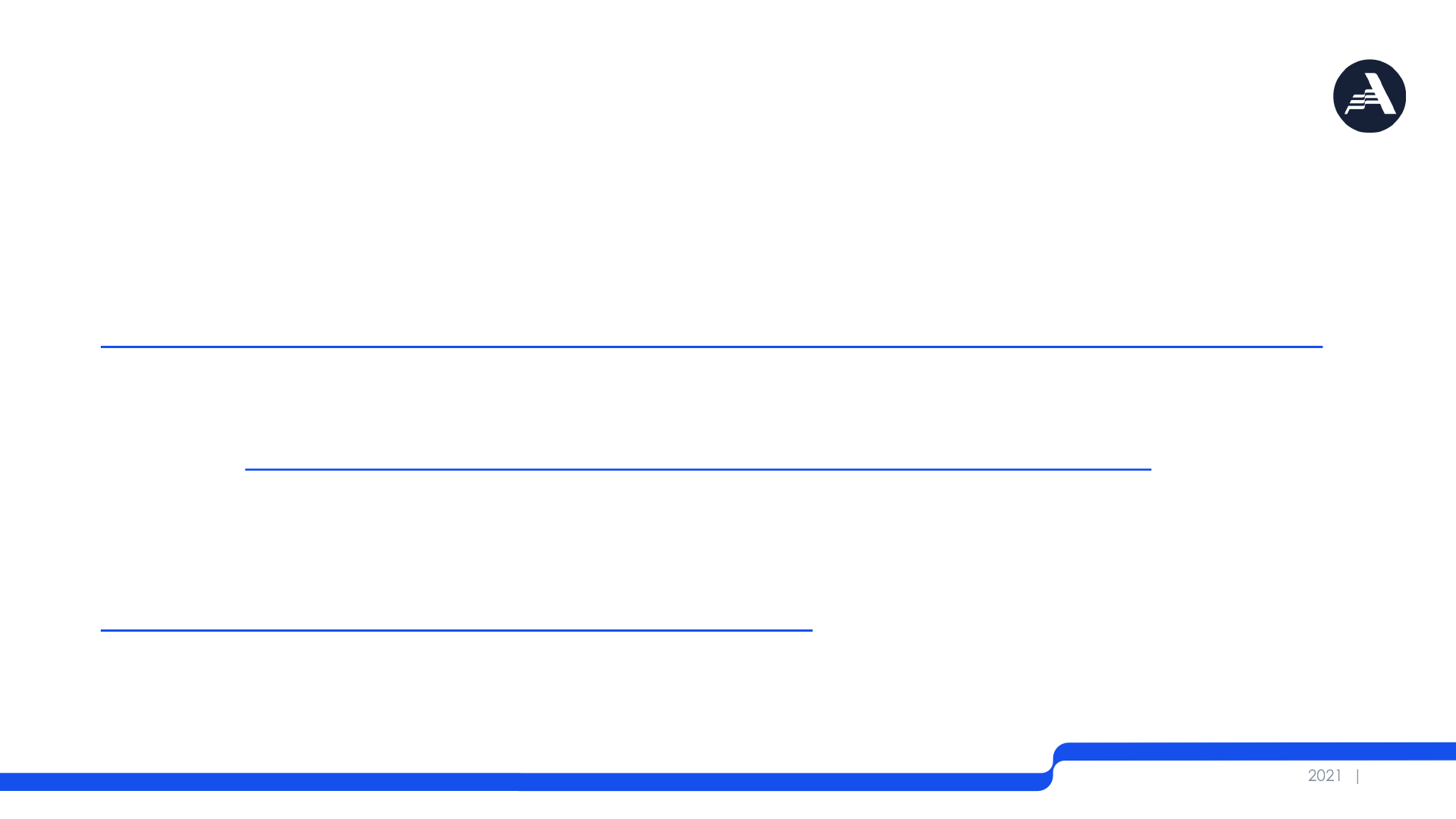
• Your AmeriCorps Portfolio Manager or State Commission representative
• ASN – Evaluation Resources
https://www.americorps.gov/grantees-sponsors/evaluation-resources
• 2021 ASN Grantee Symposium presentation Demystifying Evaluation
Plans: https://www.youtube.com/watch?v=GJ0s9HL8Q2A
• AmeriCorps Evaluation TA Portal
https://americorpsevaluationta.norc.org
Internal Resources
34
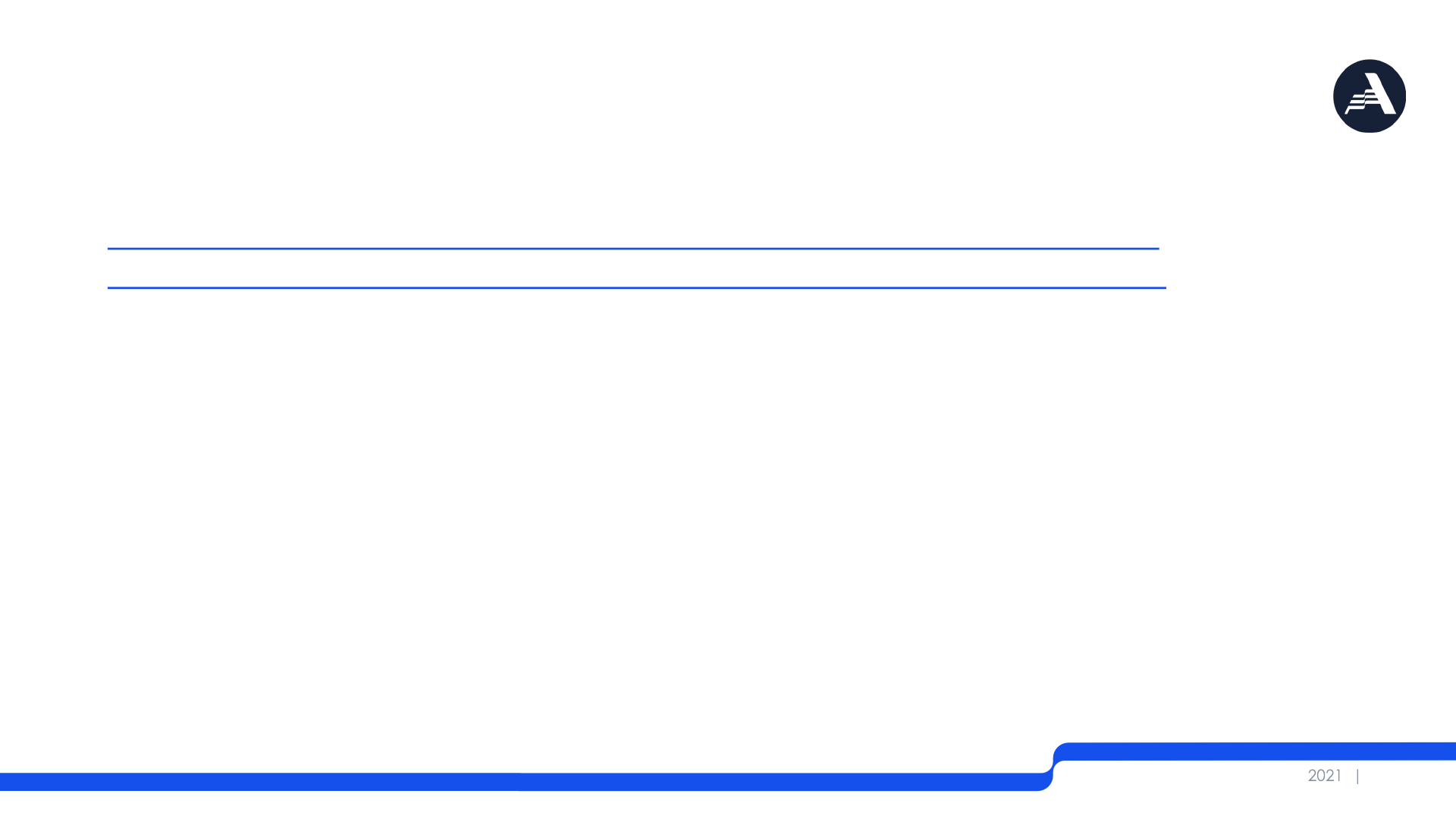
• Resources for State and National Direct Grantees
https://americorps.gov/grantees-sponsors/directs-territories-
tribes?field_document_type_tax_target_id=19756#resources
• This page includes information about the following:
• AEA Guidance and Request Form
• Evaluation FAQs
• Evaluation Plan Template
• Evaluation Requirements
Internal Resources (continued)
35
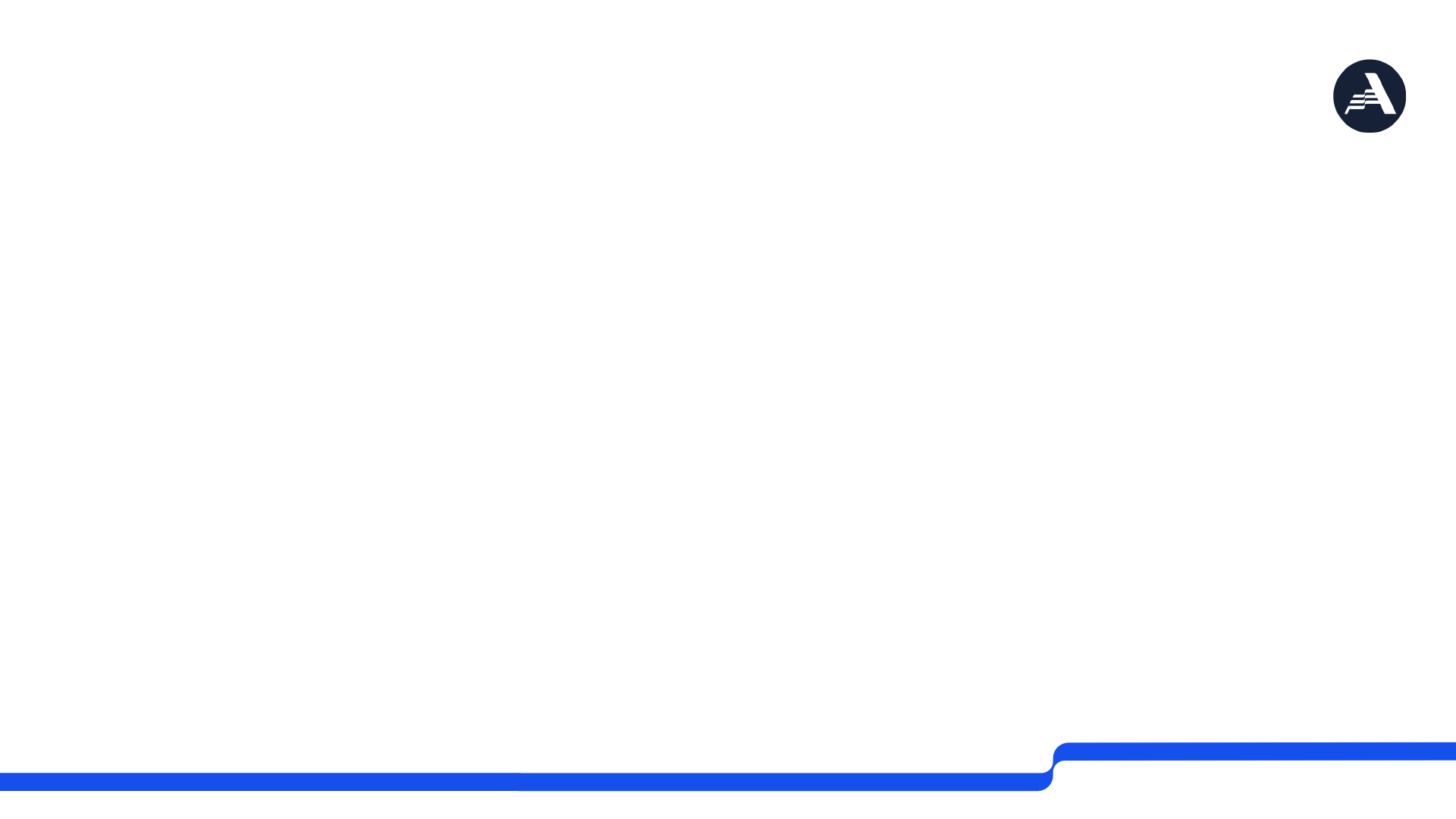
Questions?
37
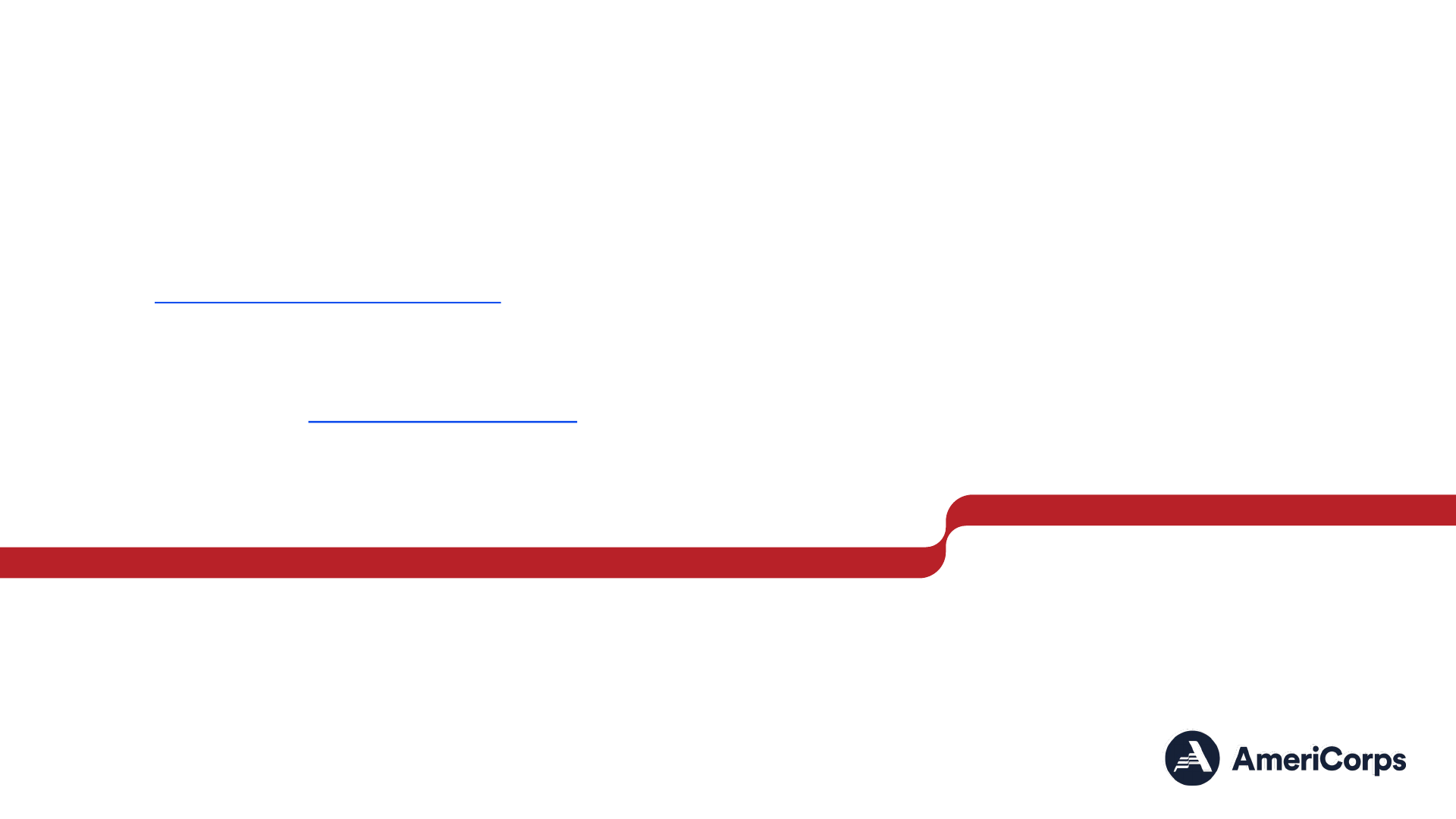
Carrie E. Markovitz, Ph.D.
NORC at the University of Chicago
markovitz[email protected]
To contact the Office of Research and
Evaluation: [email protected]
Thank you!
